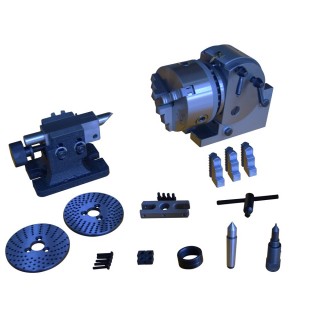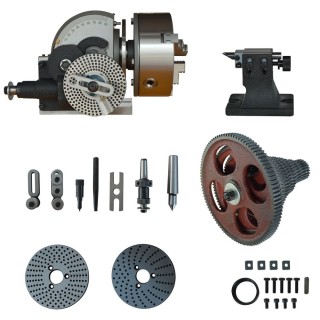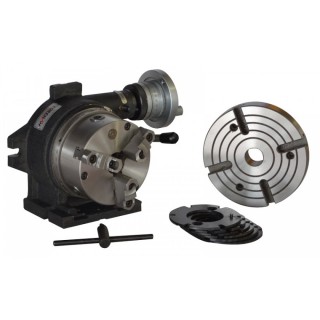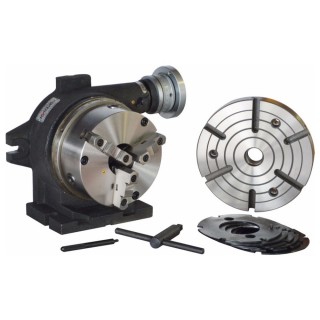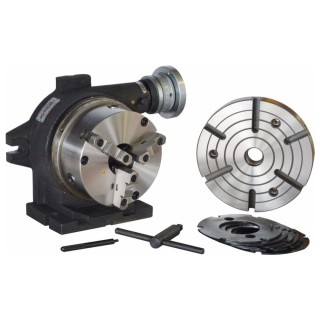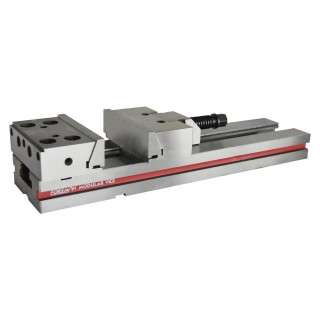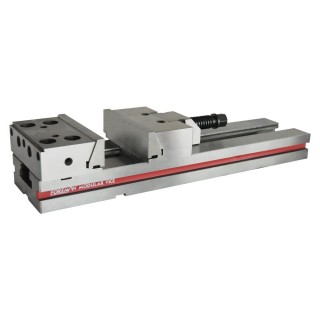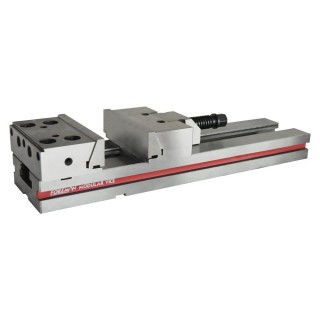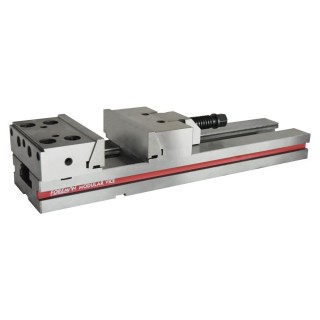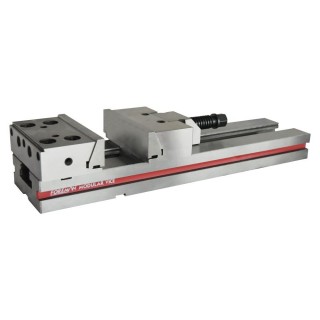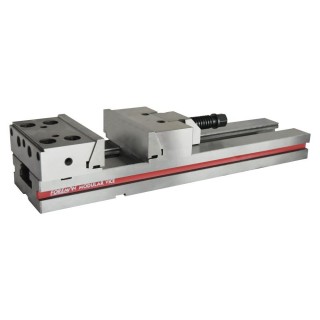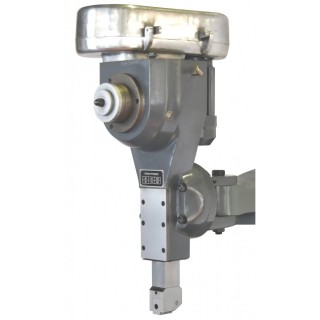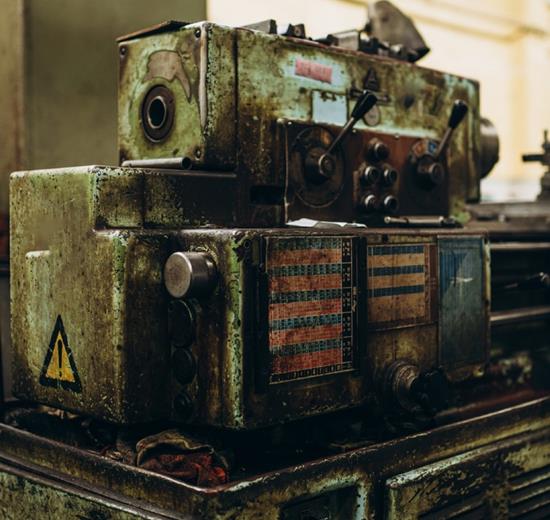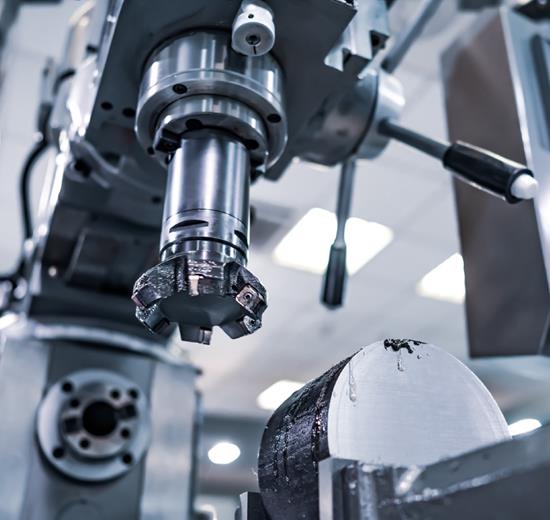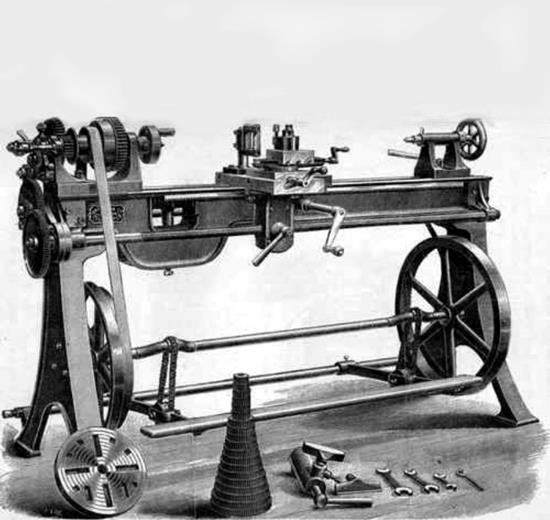40 Millimetre Maximum Drilling Capacity
320-1020 Millimetre Shaft Column Distance
Column Up and Down Automatic Movement
Robust Construction and High Performance
50 Millimetre Maximum Drilling Capacity
350-1600 Millimetre Shaft Column Distance
Column Up and Down Automatic Movement
Spindle Left-Right Automatic Movement
Robust Construction and High Performance
SIK SORULAN SORULAR
Radial drills are a type of drill in which the drill bit movement is perpendicular to the drill body. They are generally used in operations where large parts need to be drilled or rotated. In precision work, it ensures that the workpieces are drilled in the correct position and angle. It is used in manufacturing workshops such as mould sector and mining sector.
Radial drills are a type of drill in which the drill bit movement occurs perpendicular to the drill body. The working principle is as follows:
Drill Bit Movement: The main feature of radial drills is that the drill bit movement occurs at right angles. It provides a vertical drilling process between the drill bit and the workpiece.
Arm Movement: Radial drills usually have a drill unit placed on a lever. This arm can move up and down or forwards and backwards. The drill bit is positioned according to the hole positions in the workpiece by the movement of the arm.
Drill Bench: The workpiece is placed on a drill bench, which is usually attached to a fixed table or platform.
Drill Speed and Feed Speed: When the drill bit is directed towards the workpiece, it is rotated using the appropriate speed and feed rate. It is set depending on the type of material and the requirements of the drilling process.
Drilling Process: The drill bit moves towards the workpiece, cutting and drilling through the material as it rotates. This process is repeated to create the desired hole on the workpiece. It is recommended to use a tapered shank type drill bit to ensure precision in the drilling process.
Radial drills are widely used in precision drilling operations and drilling of large parts. It ensures that the workpieces are drilled in the correct position and angle. This makes them ideal for industrial applications that require precision.
We have ARM40x10 Radial Drill with 40 millimetre drilling capacity and 1000 mm column distance, ARM50x16 Radial Drill with 50 millimetre drilling capacity and 1600 mm column distance and ARM63x20 Radial Drill with 63 millimetre drilling capacity and 2000 mm column distance.
Radial drills have different features from other drill groups. Some of the features that distinguish the radial drill from other drill groups can be listed as follows.
Direction of Movement and Position: Radial drills are a type of drill in which the drill bit movement is perpendicular to the drill body. Other drills generally move linearly (forward-backward or up-downward).
Cutting Power and Capacity: Radial drills are generally used in operations where large parts need to be drilled or rotated. Therefore, they can have higher cutting power and capacity.
Precision: Radial drills are known as precision drills that ensure workpieces are drilled in the correct position and angle. Therefore, they are ideal for precision work.
Area of Use: While radial drills are often used in industrial environments or large workshops, other drill groups can have a wider range of uses. It is the most suitable solution especially for drilling heavy parts.
Power Source: While radial drills are usually powered by electricity, other drill groups can have different power sources such as electric, battery, hydraulic or pneumatic.
These features are important differences that distinguish radial drills from other drill groups. Each type of drill is designed for different jobs and should be selected according to the intended use.
Radial drills have a number of advantages, including
Precision Radial drills are precision drills that ensure workpieces are drilled in the correct position and angle
Cutting Power: Radial drills provide a great advantage as they have higher cutting power.
Versatility: Radial drills can be used in various materials such as steel, casting, copper, aluminium. It can create different hole types.
Easy Operation: Since radial drills work on a workbench where the workpiece is fixed, they are very easy to use. This allows operators to hold the workpiece in the correct position and at the desired angle.
Suitable for Large Parts: They are often used in large industrial projects as they are ideal for operations where large parts need to be drilled or rotated.
Productivity: Because radial drills work on a workbench where the workpiece is fixed, operators do not need to hold the workpiece by hand. This makes for a more efficient working environment.
These advantages make radial drills favoured in a variety of industrial and workshop applications. Features such as high precision, powerful cutting ability and easy handling make radial drills an ideal choice for industrial and precision work.
Radial drills can be used to work in materials such as steel, cast iron, copper, aluminium and composites. Foreman radial drills are used in the metalworking industry for drilling or rotating large metal parts. Various metal parts such as sheet metal, profiles or pipes can be worked on.
Here are some important factors to consider when choosing a radial drill:
Intended Use: Before purchasing a radial drill, you should determine your intended use. Think about what materials you will work on and what kind of operations you will perform in drill operations.
Cutting Power and Capacity: Evaluate the cutting power and capacity of radial drills according to the type and size of the materials you will process. If you need to drill large diameter holes, it is important to choose a model with high power. However, if your holes are small, choosing a large machine will also increase your investment cost.
Precision: For precision drilling, consider the precision of radial drills. It is important to choose a model that can be fine-tuned to drill the workpiece in the correct position and angle.
Changeable Speed Setting: Working at different speeds is important for machining different materials. Therefore, choosing a radial drill with interchangeable speed settings provides greater flexibility in a variety of operations.
Ease of Use: The radial drill should be easy to use. It is important that adjustments can be made easily, that there are suitable mechanisms for fixing the workpiece and that the operator can work in an ergonomic manner.
Durability and Quality: It is important that the thickness of the casting used in the columns of the radial drills, the casting shape and the tension of the casting are taken. Otherwise, the sensitivity may not be the same as the new machine during the long period of use. It is important to choose a quality product to buy a long-lasting drill.
Service and Spare Parts Support: It is important to provide service and spare parts support for the radial drill you will purchase. It allows you to get support in possible problems that may occur later. Foreman radial drills; It stands out with customer satisfaction in after-sales support, service and spare parts.
Considering these factors, you can choose the most suitable radial drill model for your needs and budget.
The accessories that are important in the use of radial drill are as follows:
Drill Bits: It is important to choose suitable drill bits for different materials. You can perform effective and efficient operations by using drill bits suitable for materials such as steel, cast iron, copper, aluminium or alloy steels.
Drill Bench: It is important to use a suitable drill bench or platform to stabilise the workpiece. This ensures that the workpiece is held securely and helps to stabilise it in the correct position.
Safety Equipment: It is important to use safety equipment such as eye protection, ear protection and appropriate gloves during drilling operations. This prevents potential accidents and ensures the safety of the operator.
Cooling Systems: When working at high temperatures, such as in metalworking, it is important to use cooling systems. These systems cool the drill bit and workpiece, preventing overheating, reducing wear and making the process more efficient.
Accessories make the use of a radial drill more effective, efficient and safe. They are important for the correct positioning of the workpiece, the precision of the cutting process and the safety of the operator.
Regular maintenance of radial drills is very important to maintain their performance and ensure their long life. Some steps to be considered when maintaining radial drills are as follows.
Cleaning: It is very important to clean radial drills before and after use. The accumulation of contaminants such as dust, chips and oil can have a negative effect on the drill. Clean the drill unit and work area using a dust vacuum or cleaning brush.
Lubrication: Regular lubrication of moving parts in radial drills is important. Lubrication reduces friction and makes the parts move more smoothly. Identify the lubrication points recommended by the manufacturer and lubricate using a suitable lubricating oil. Renewing the hydraulic oil in the system once a year minimises wear in the hydraulic system by removing particles in the oil and extends its service life.
Parts Inspection: Regularly check the moving parts and connection points of the radial drills. If you detect any wear, loose connections or damage, replace or repair parts as necessary.
Gears: The condition of the gears in the radial drills should be checked regularly. Clean and lubricate the gears if necessary. If damaged gears are not replaced, greater damage may occur.
Electrical Connections: Check the electrical connections of the radial drills regularly. If the cables are damaged, replace them if necessary. Ensure the safety of plug and socket connections. Damaged and out of phase cables can cause the motors in your drill to burn out.
Cooling System: If you are working at high temperatures, such as metalworking, you should regularly check the cooling system of radial drills. Check the cooling water level and pressure, clean the cooling filter and maintain the cooling pump if necessary.
Safety Equipment: Ensure that all safety equipment required for the safety of the operator during radial drill operation is intact and in working order. Wear protective equipment such as eye protection, ear protection and suitable gloves. Never use loose clothing.
By following these maintenance steps regularly, you can maintain the performance of radial drills and use them for many years. If you encounter any problems, follow the instructions provided by the manufacturer or consult an authorised technician.
We provide the fastest service to our customers with our rich spare parts stock and professional service network. Original spare parts are supplied by Foreman instead of third party vendors. You can contact us when you encounter any problems with Foreman radial drills.
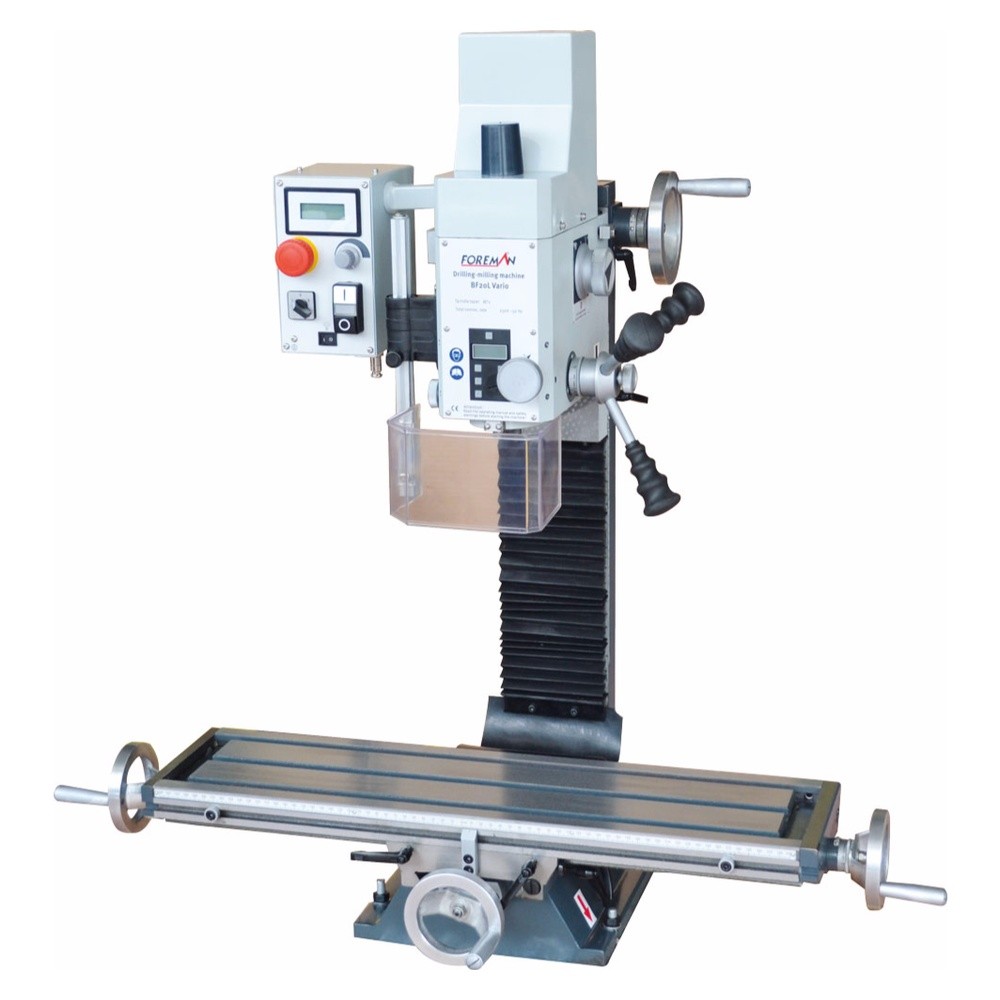
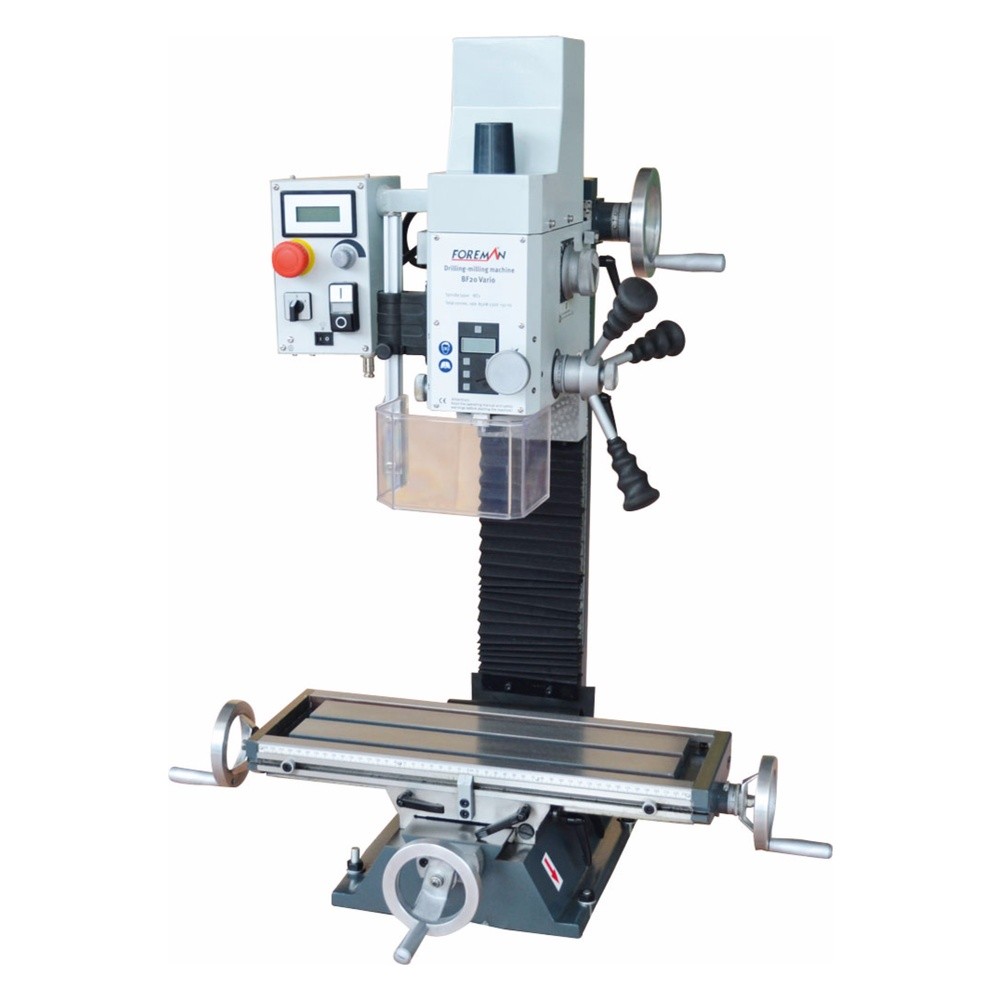
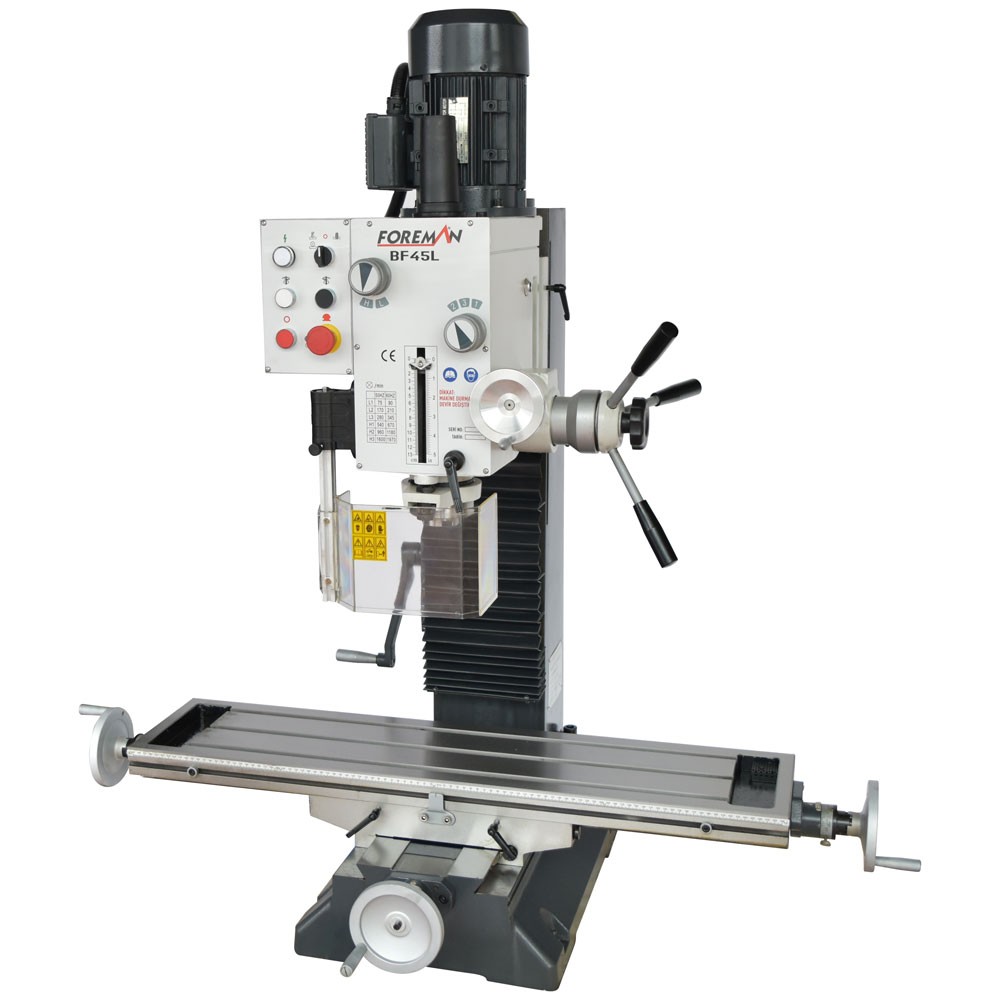
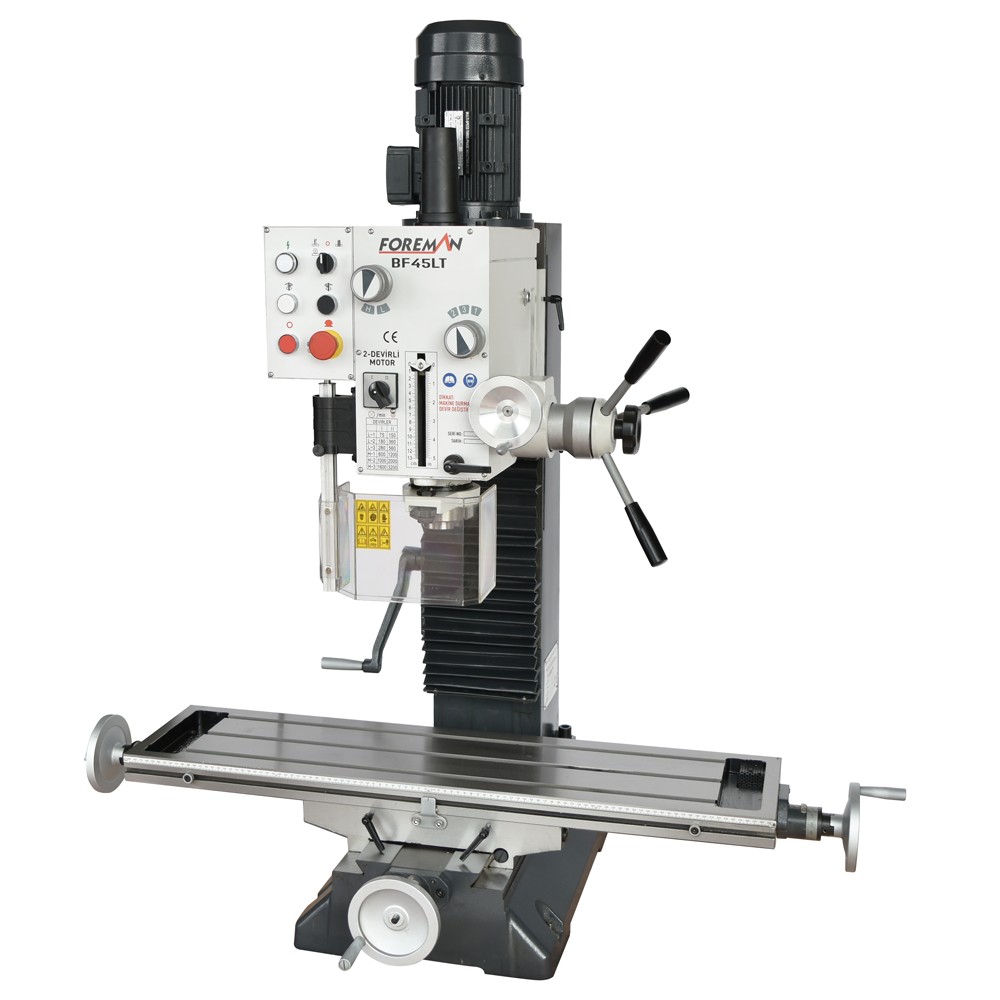
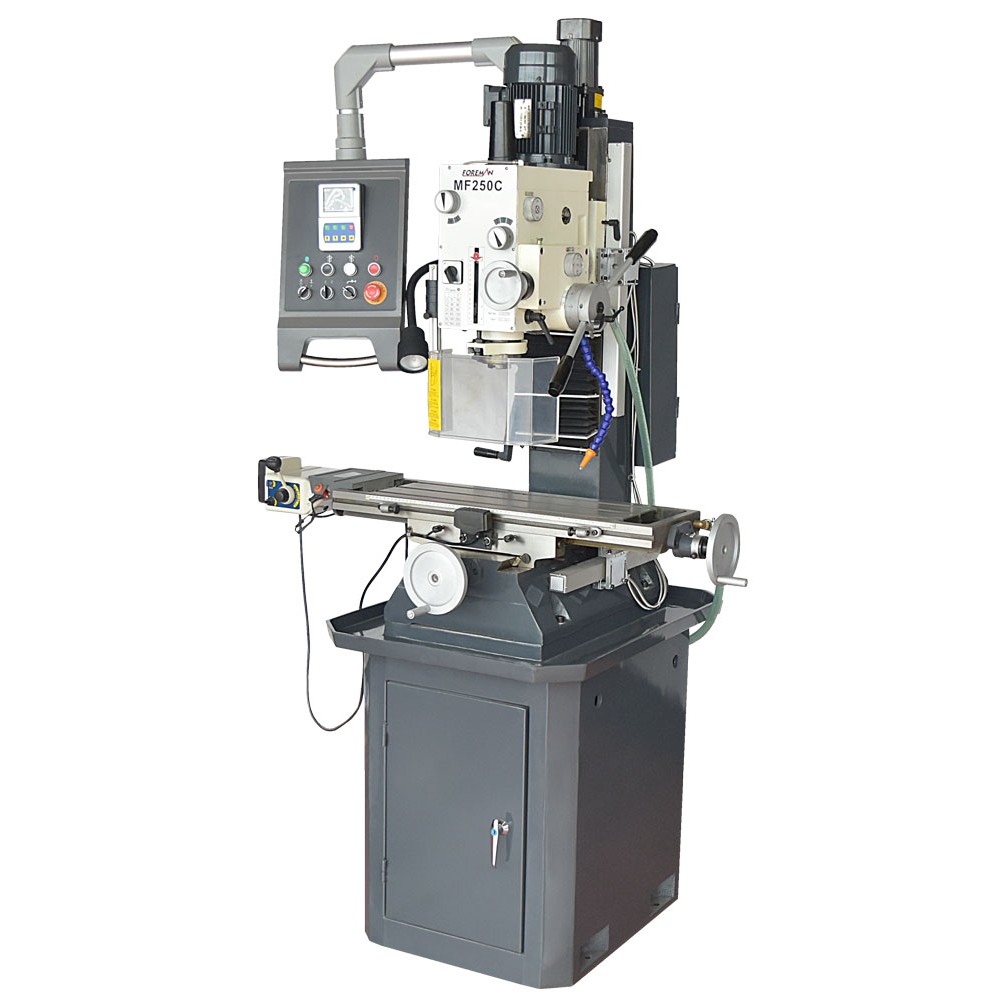
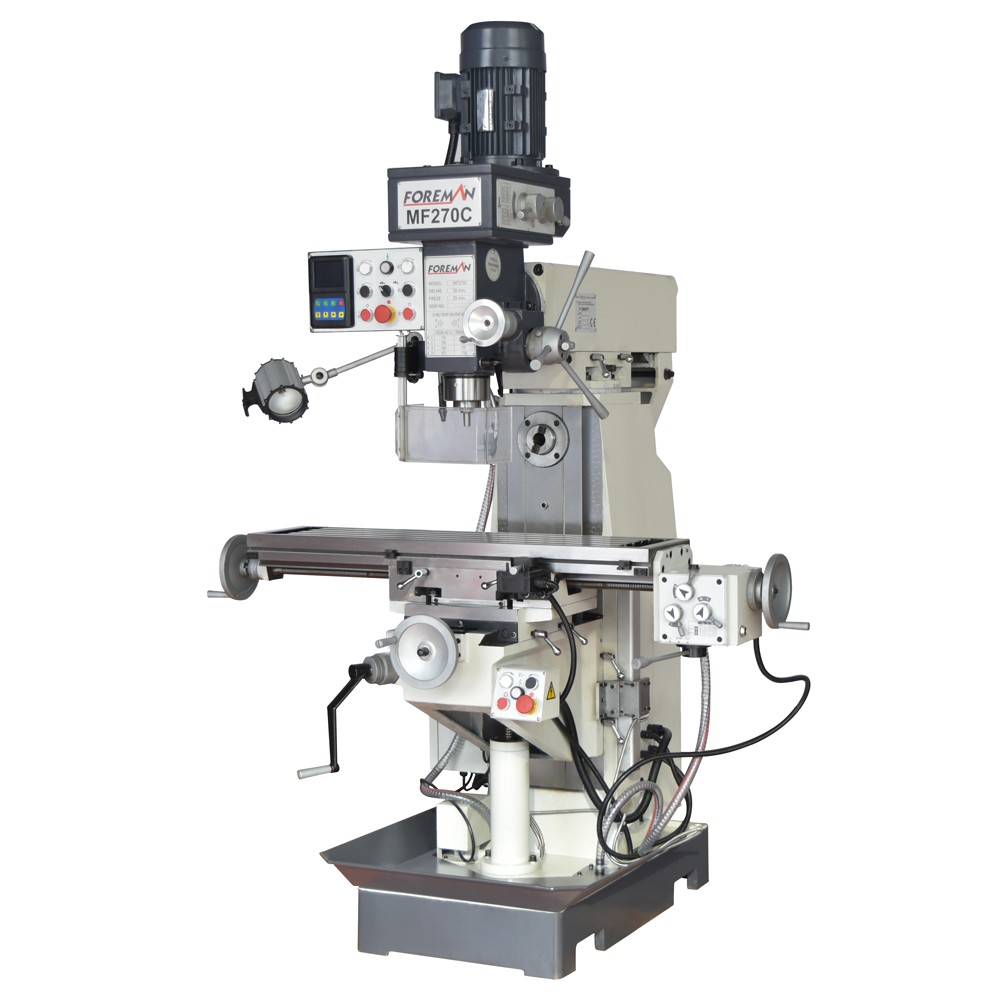
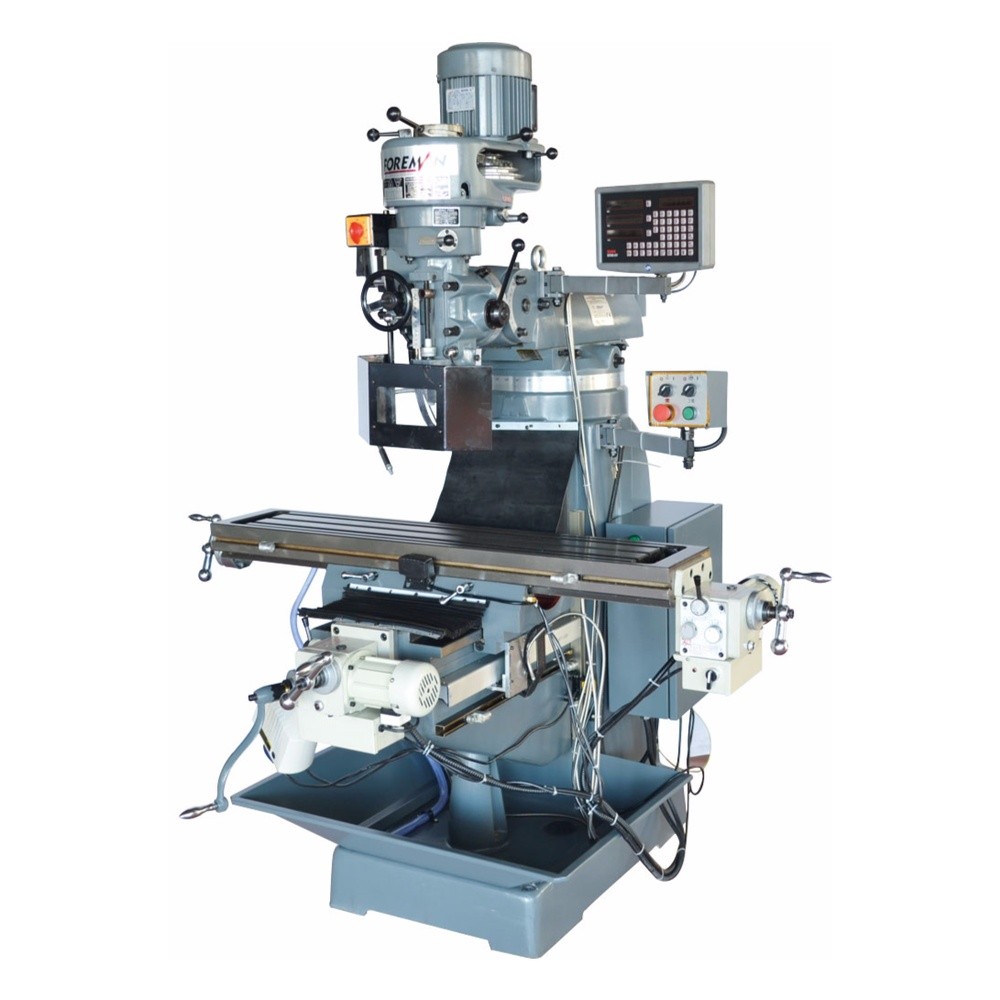
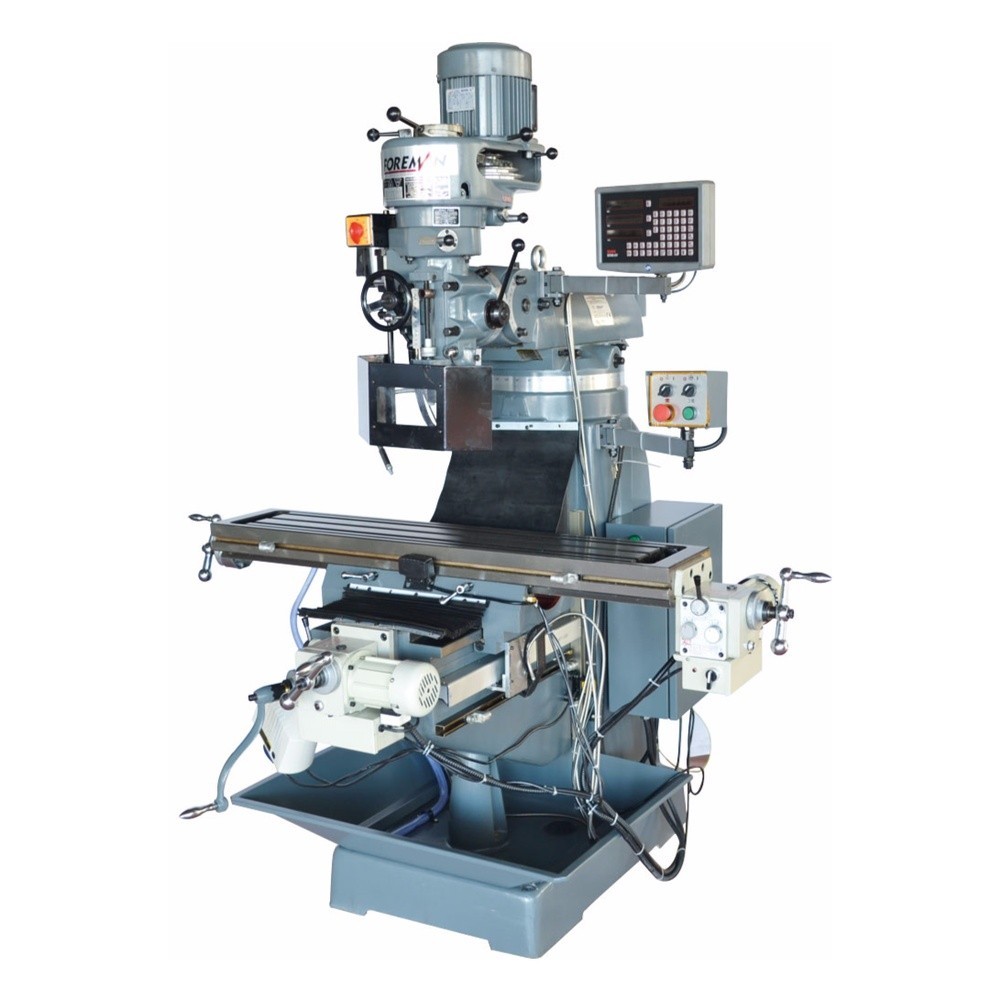
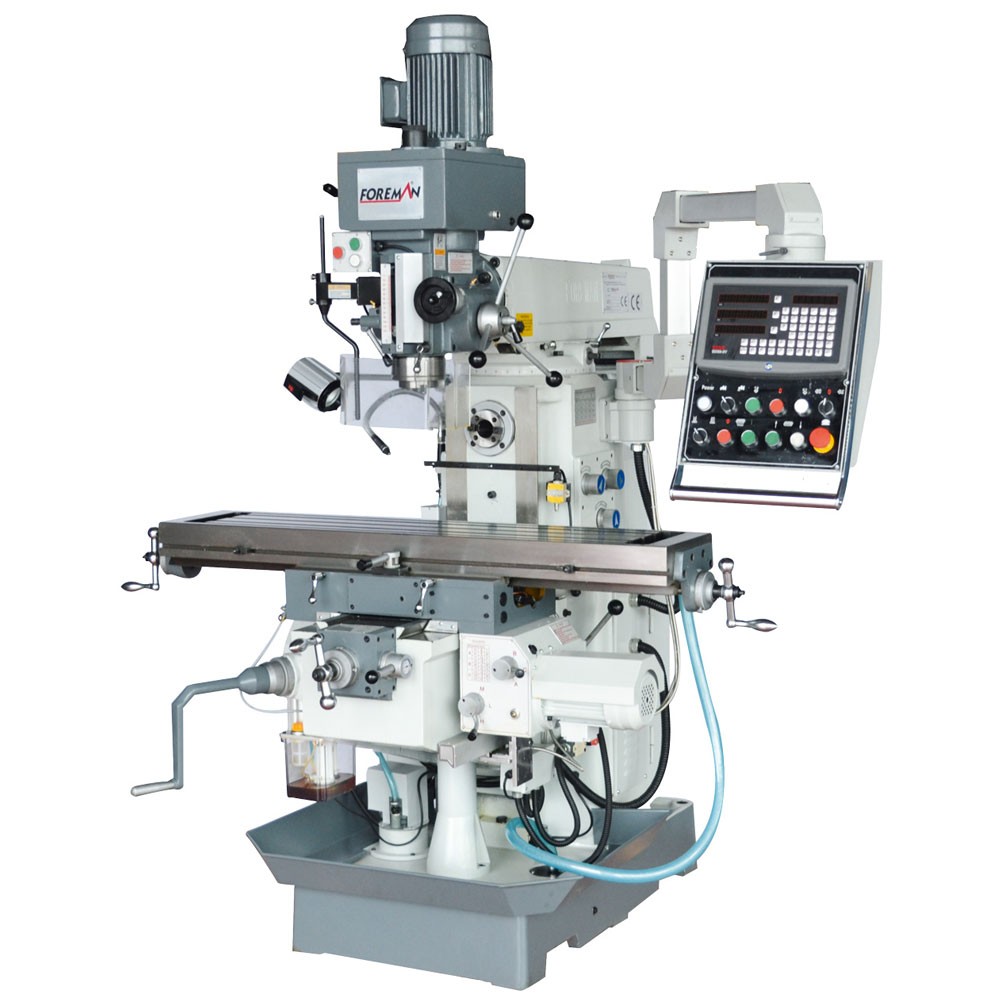
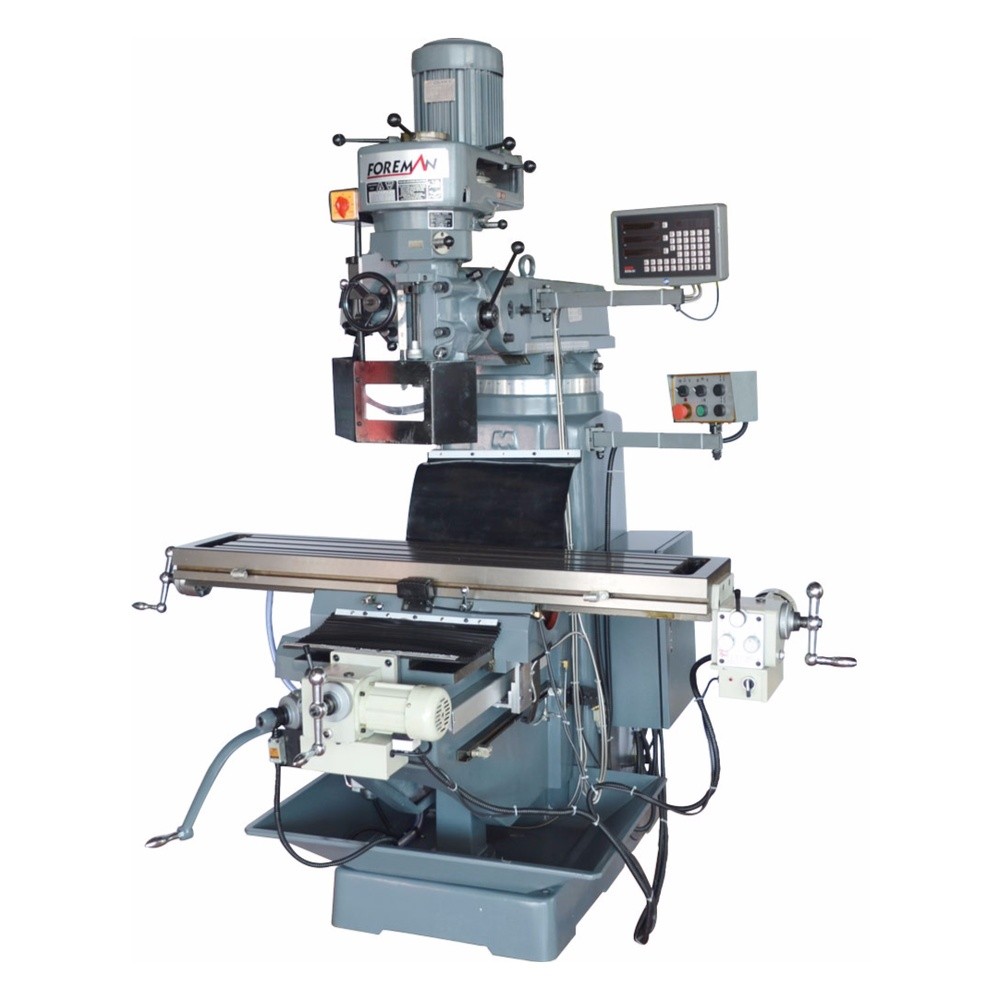
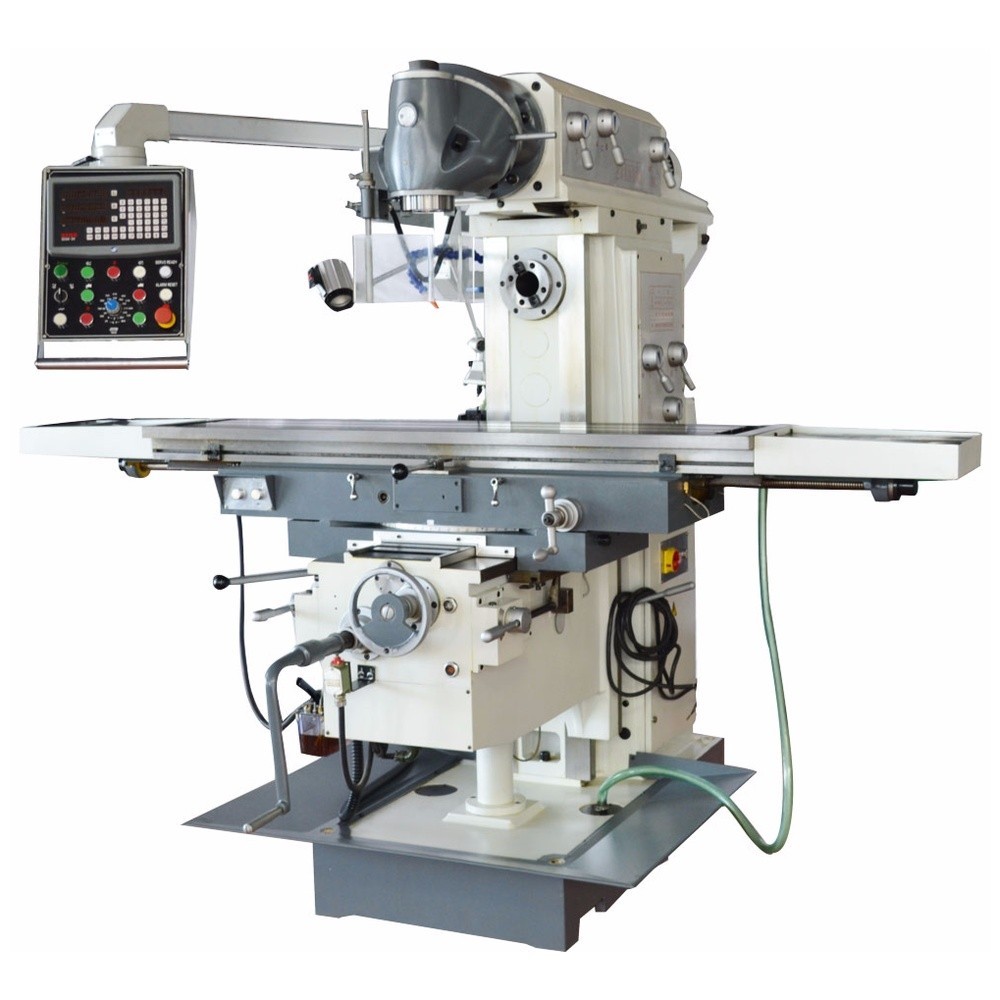
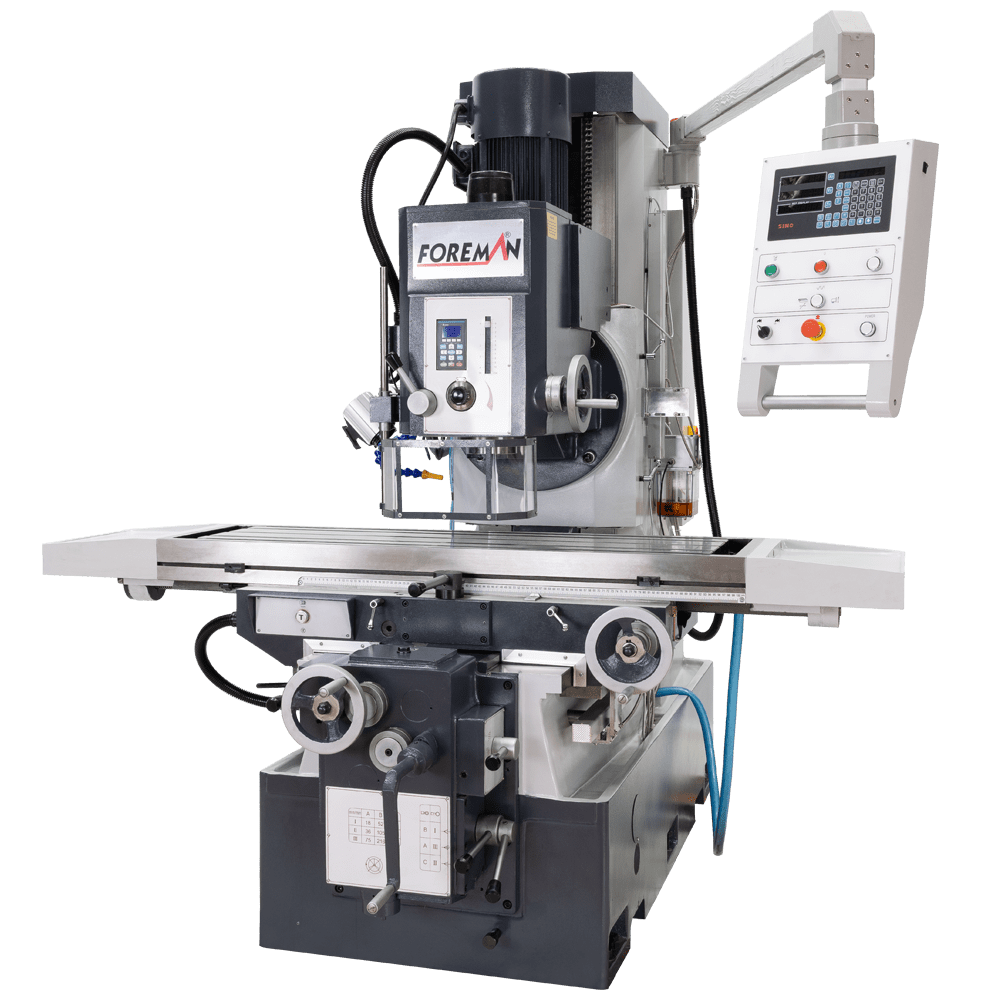
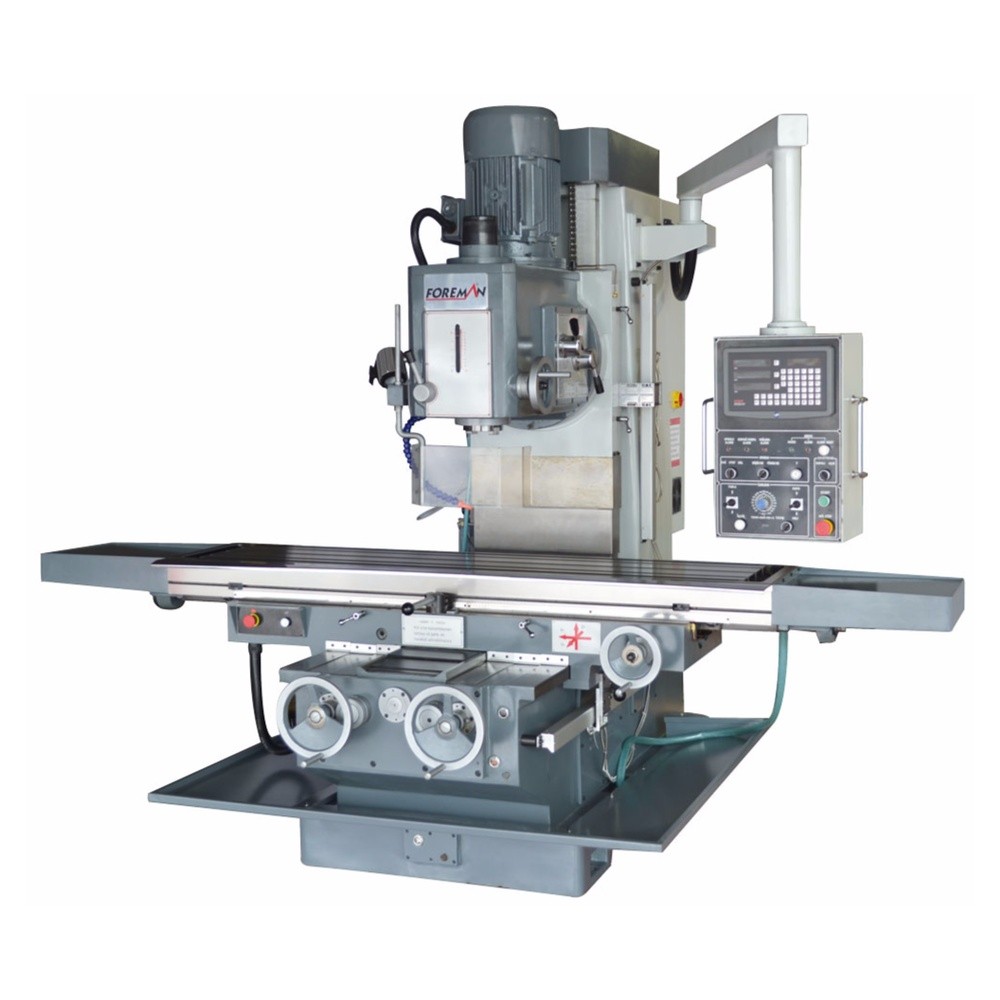
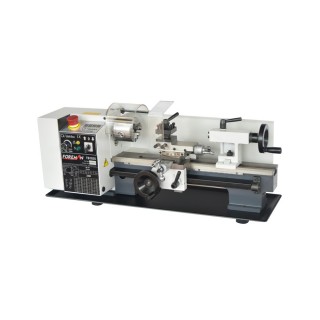
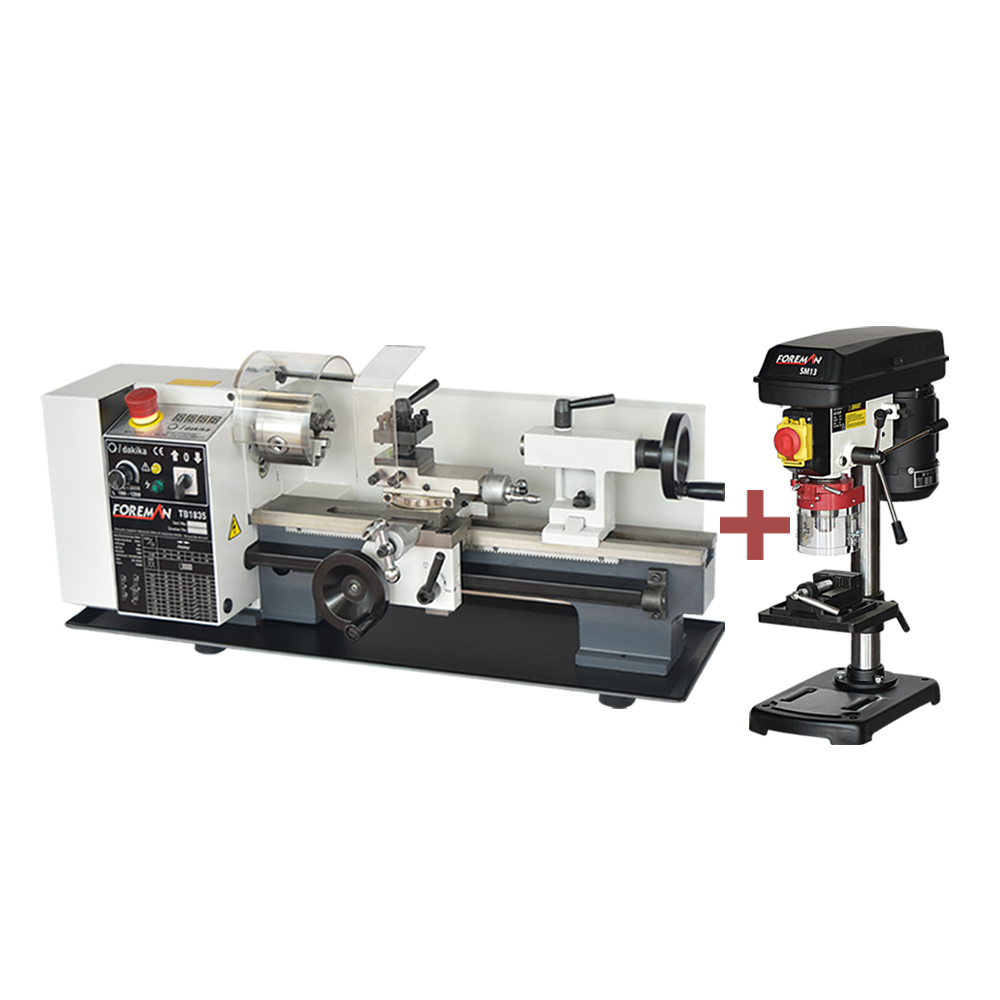
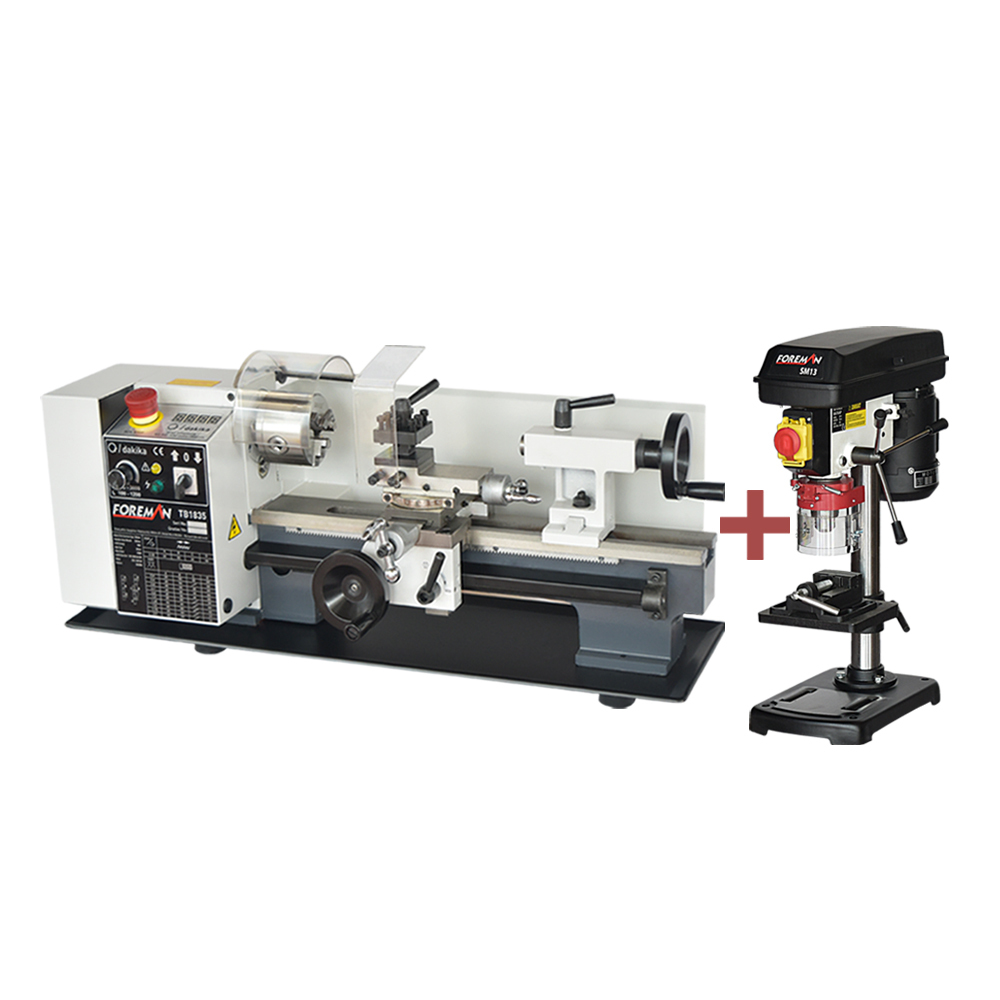
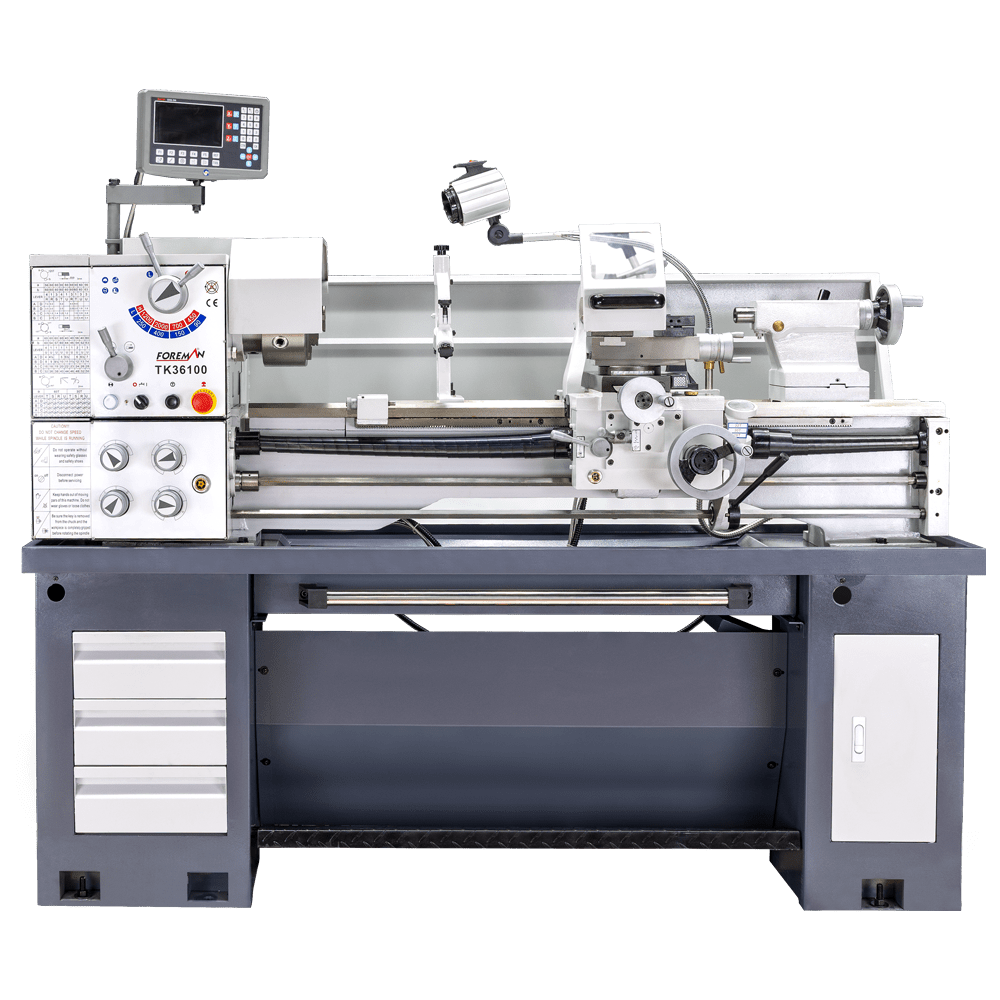
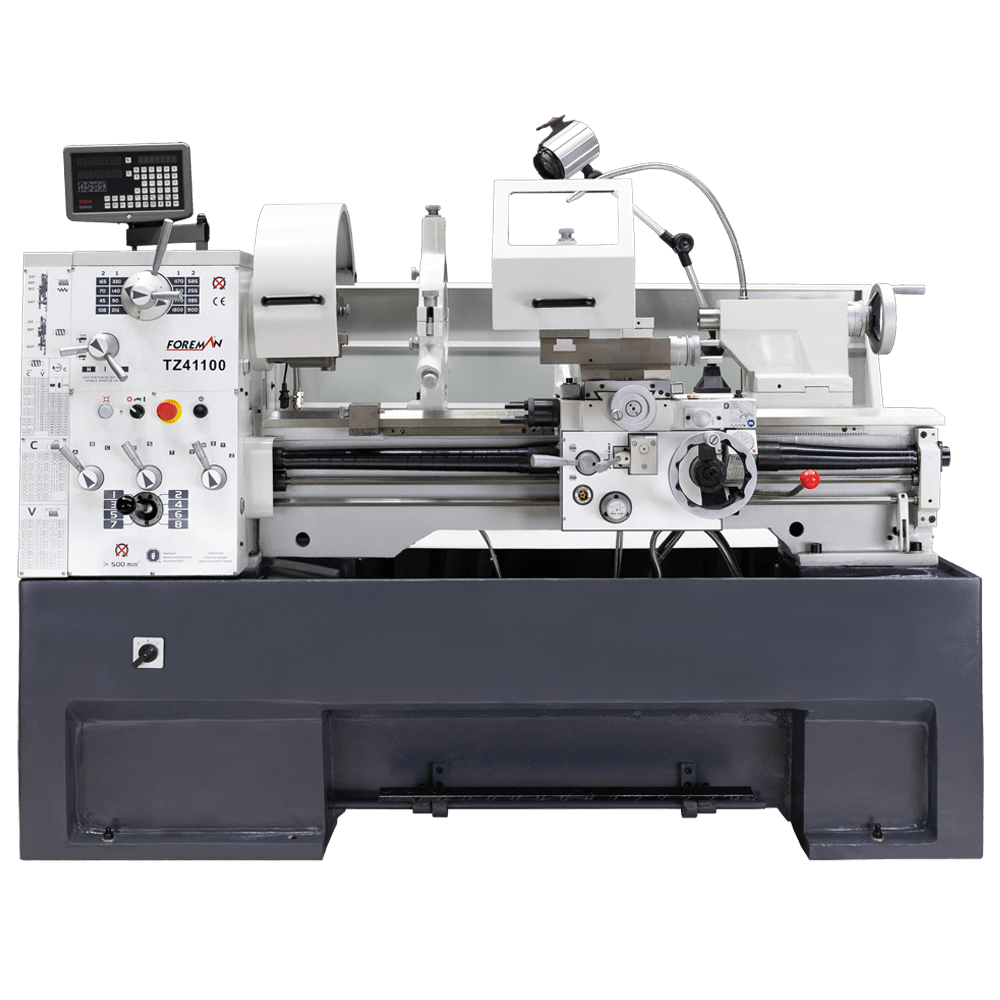
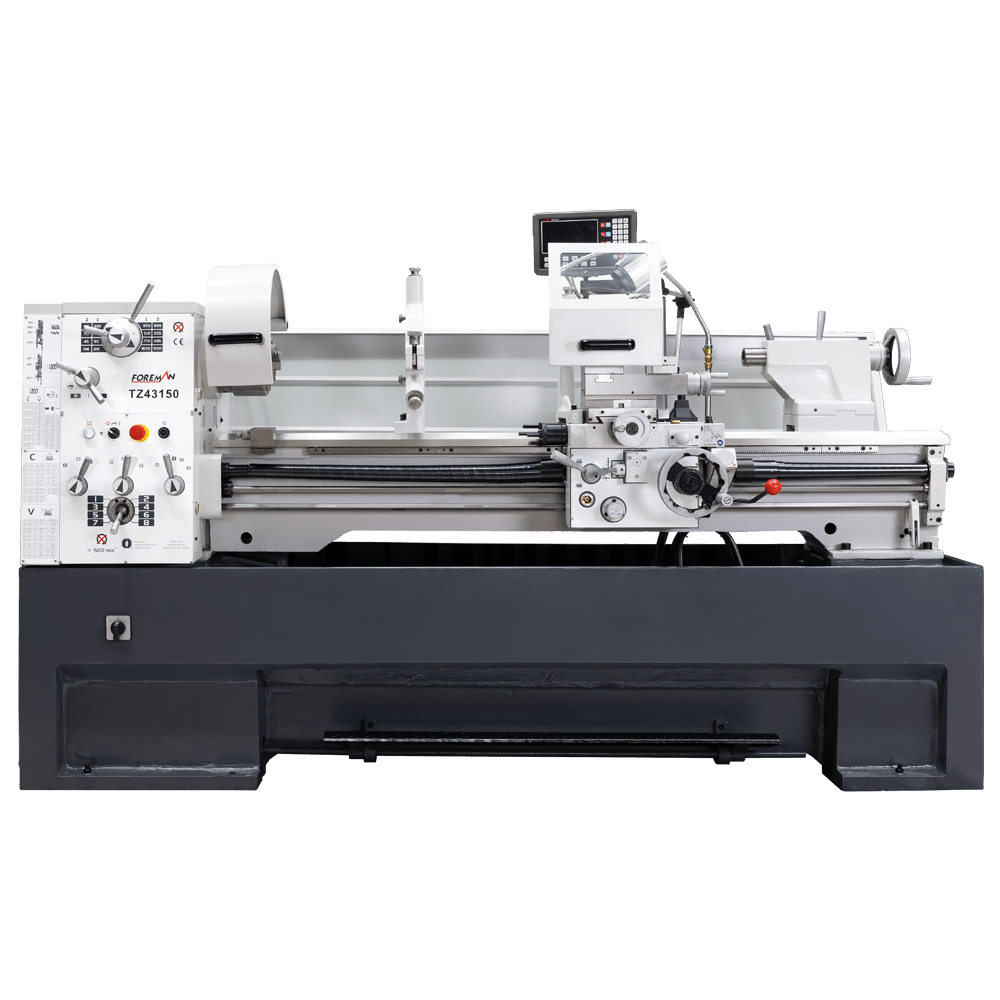
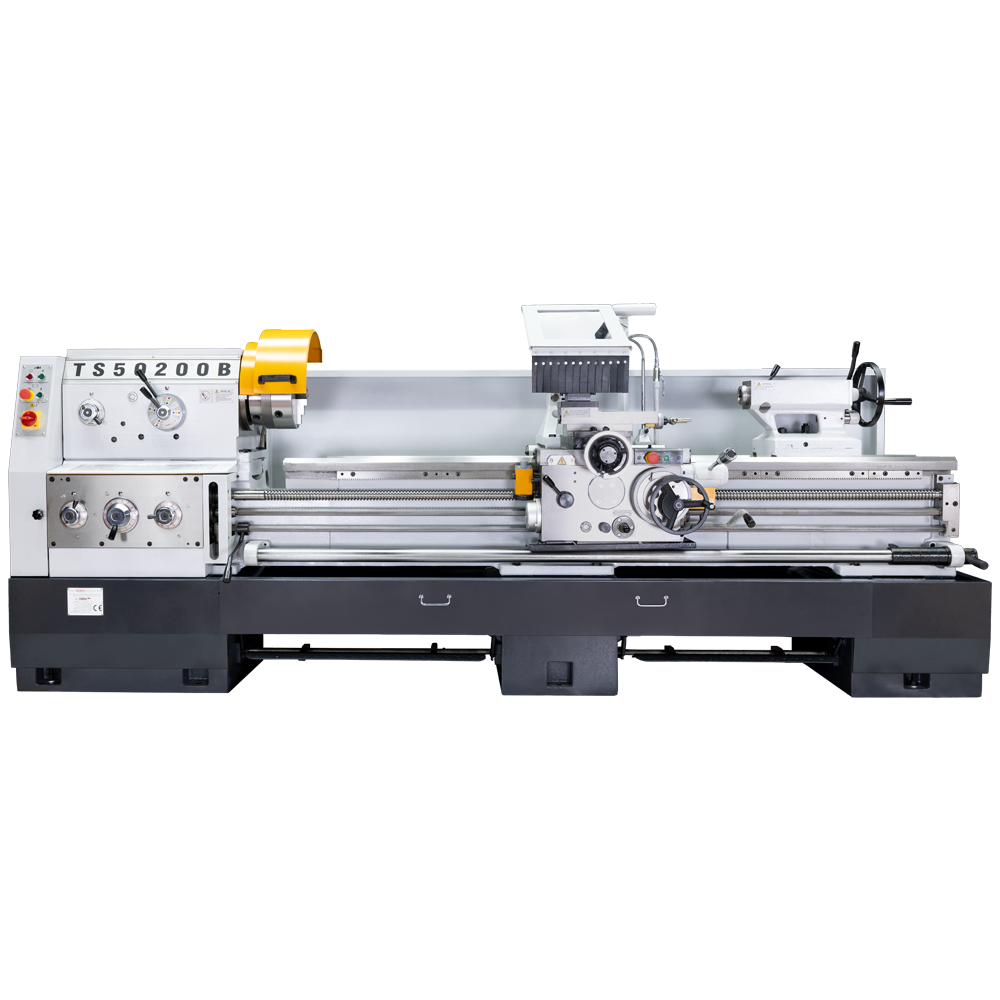
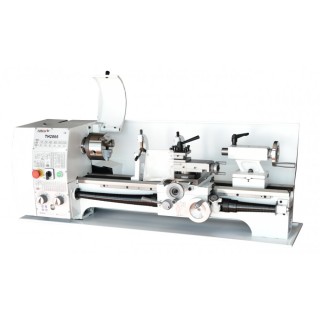
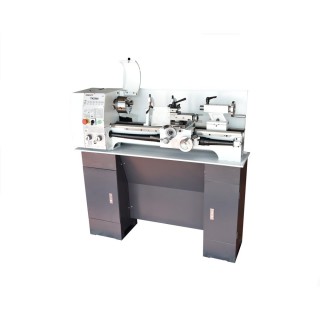
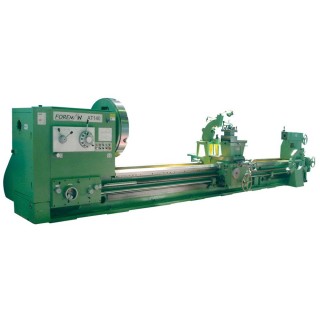
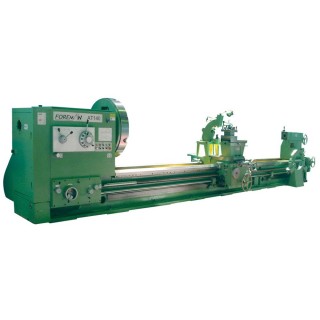
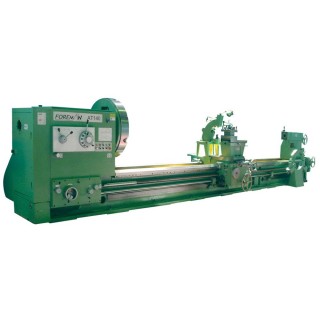
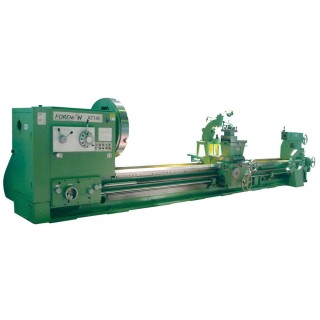
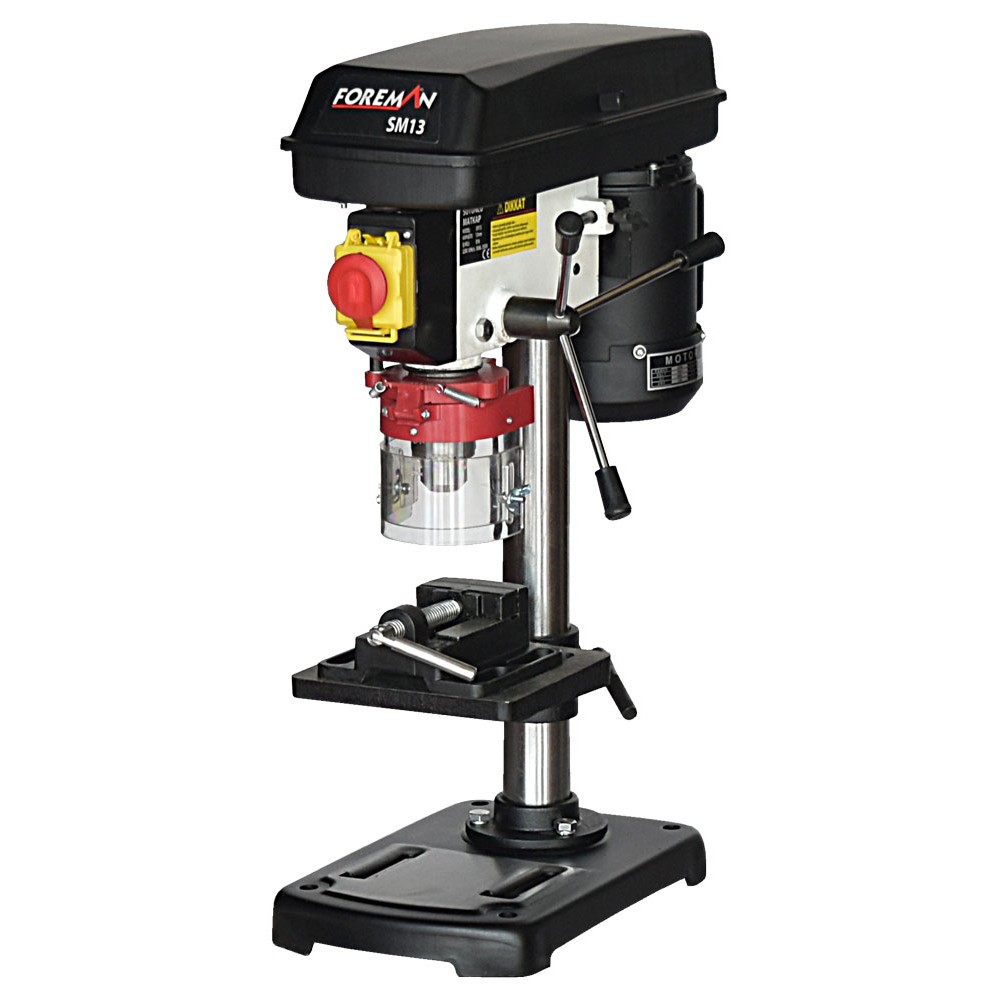
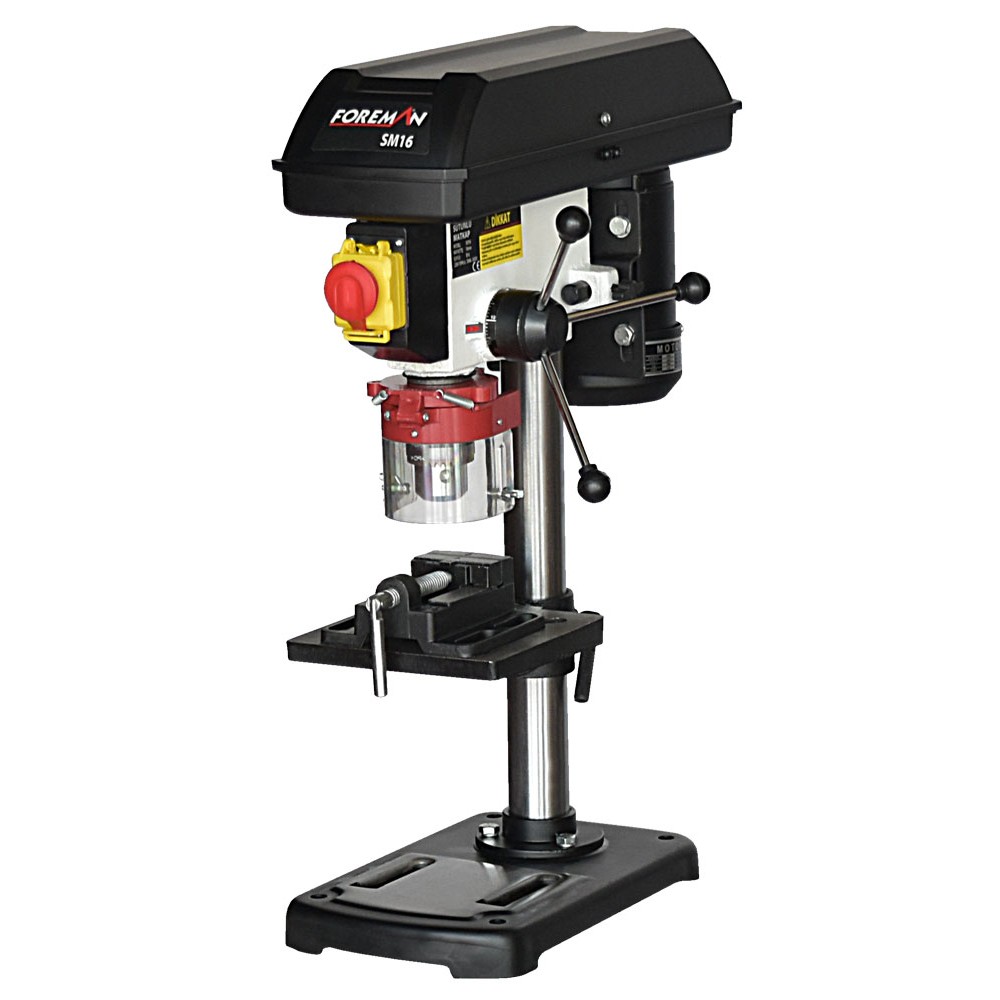
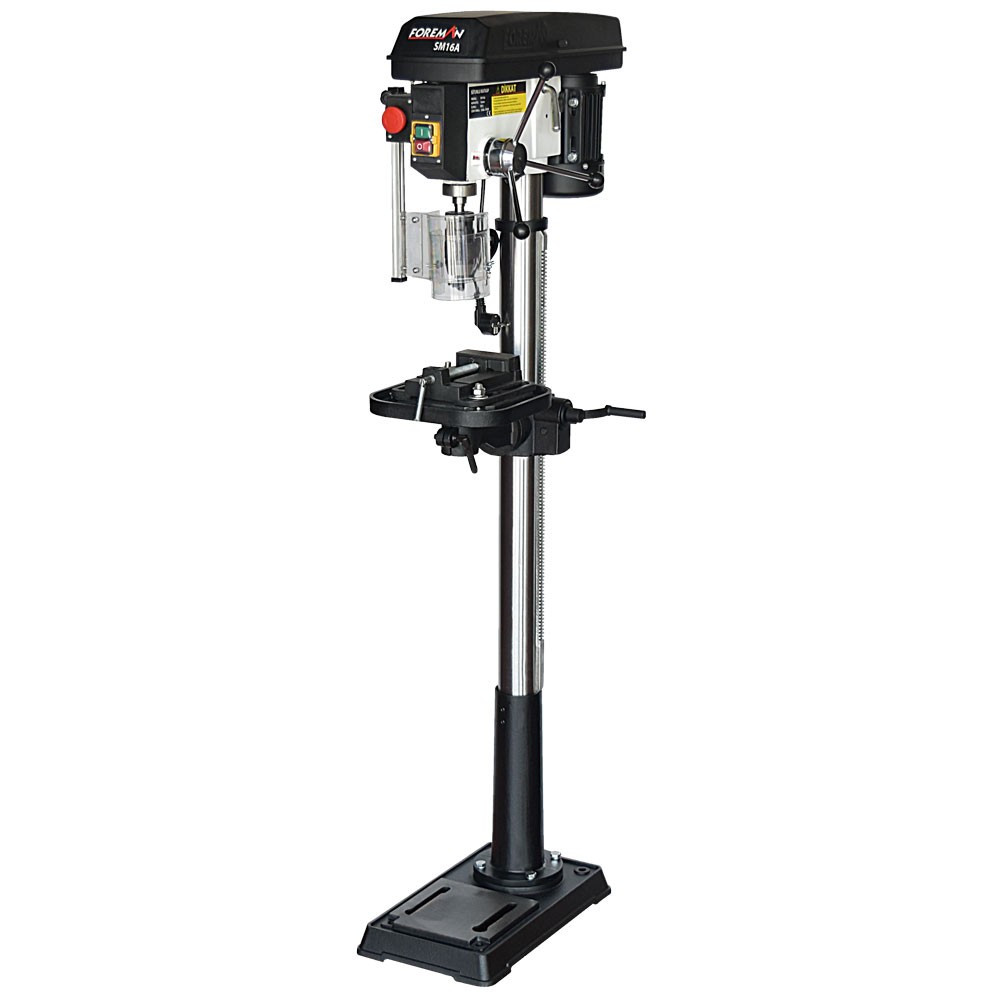
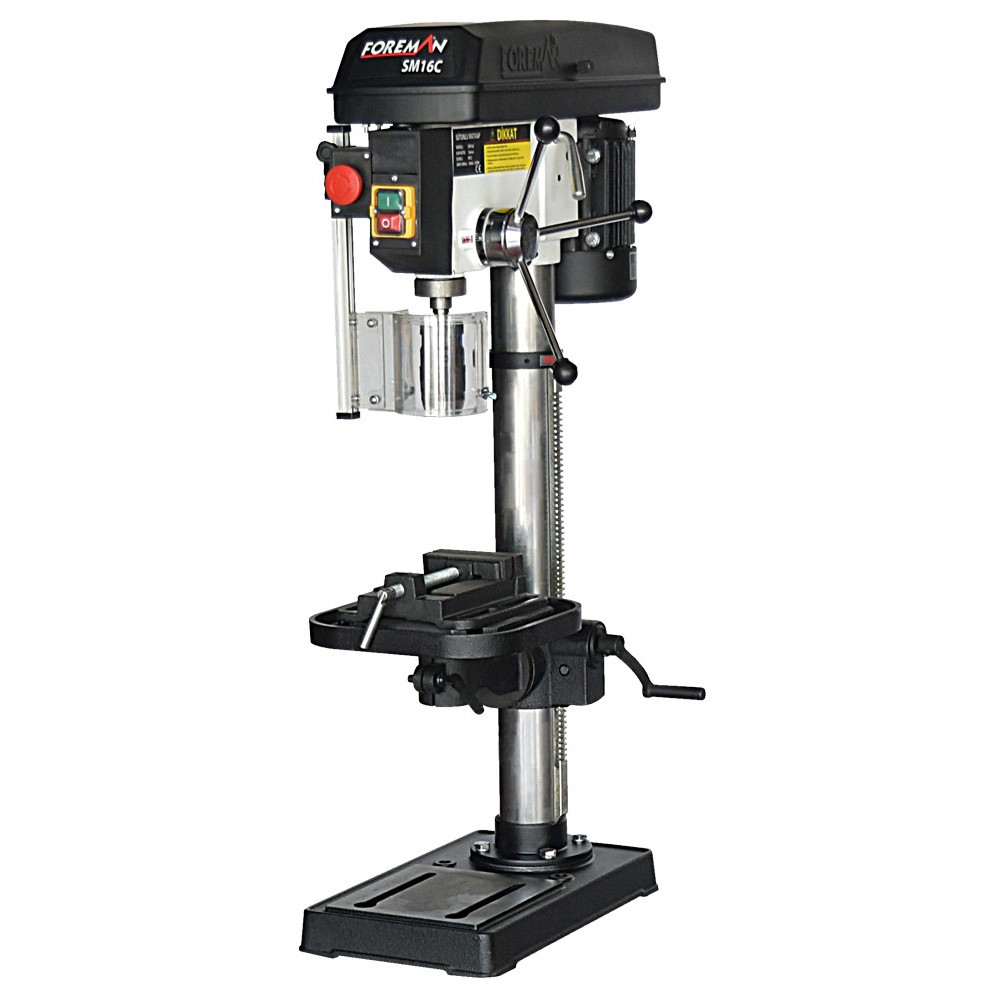
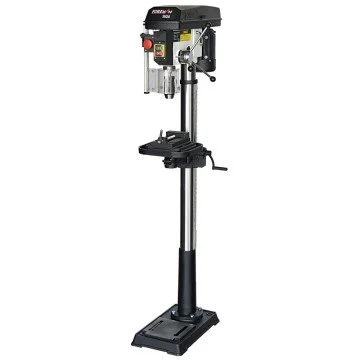
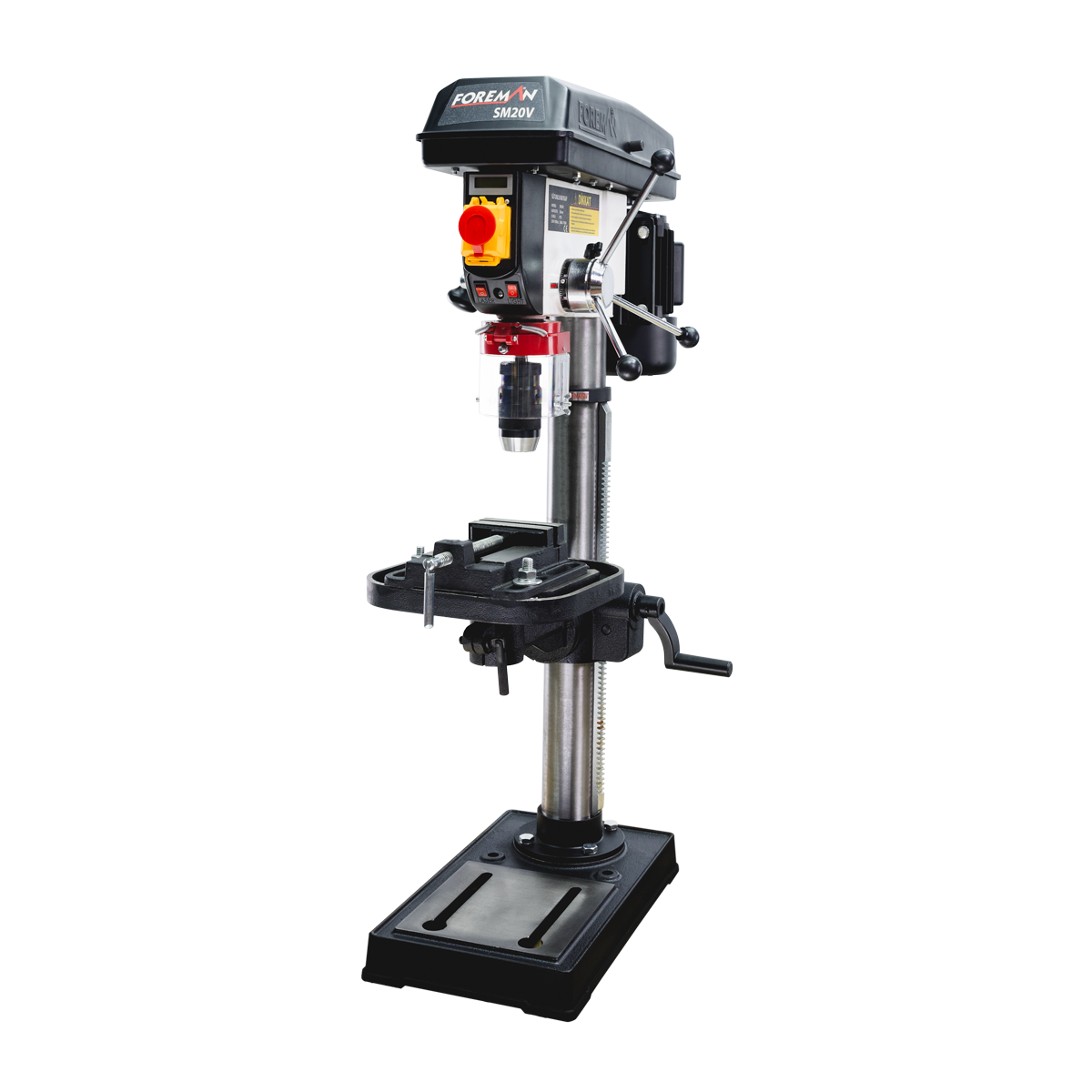
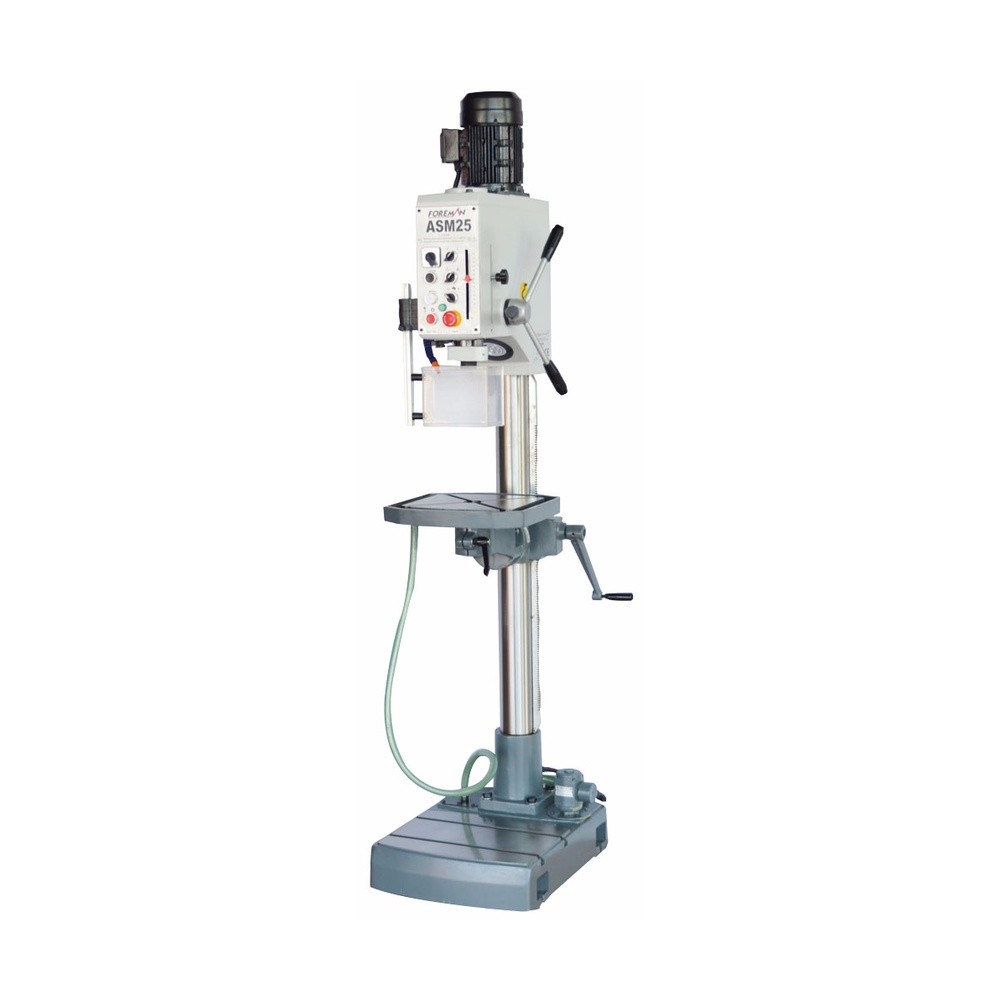
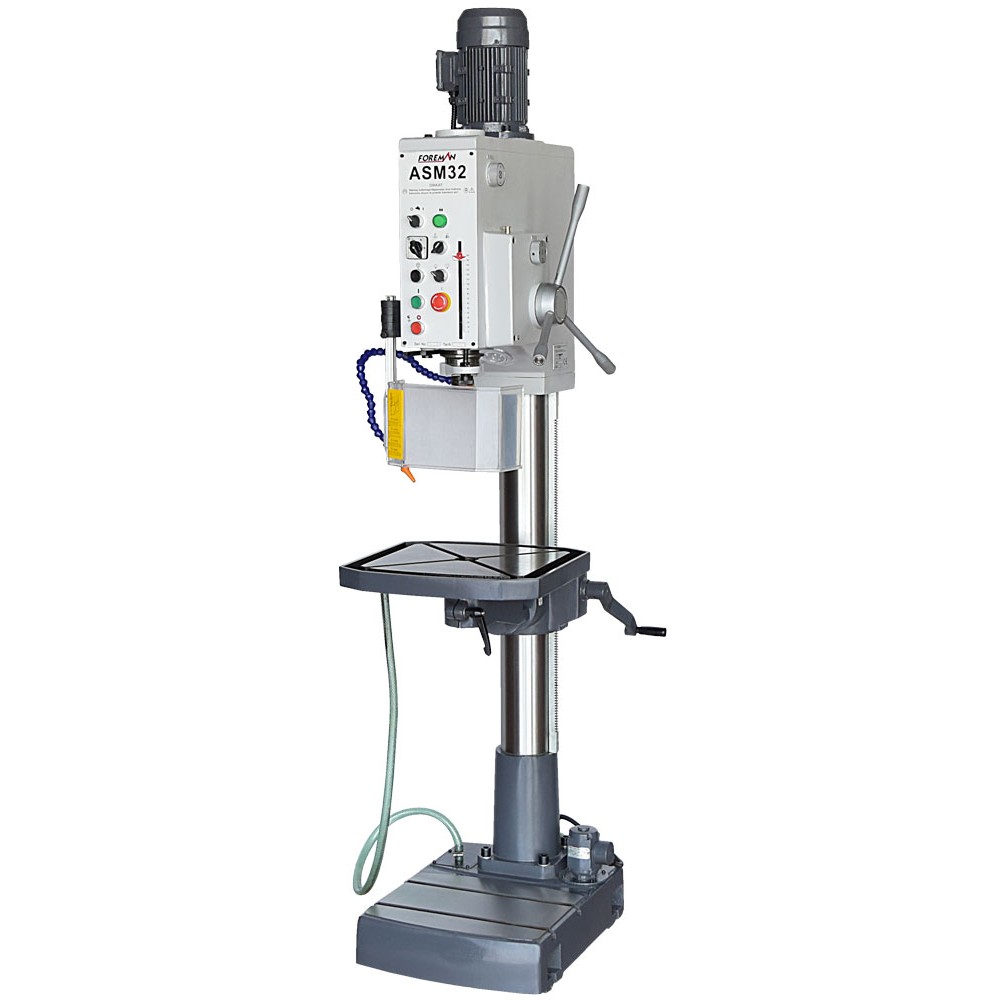
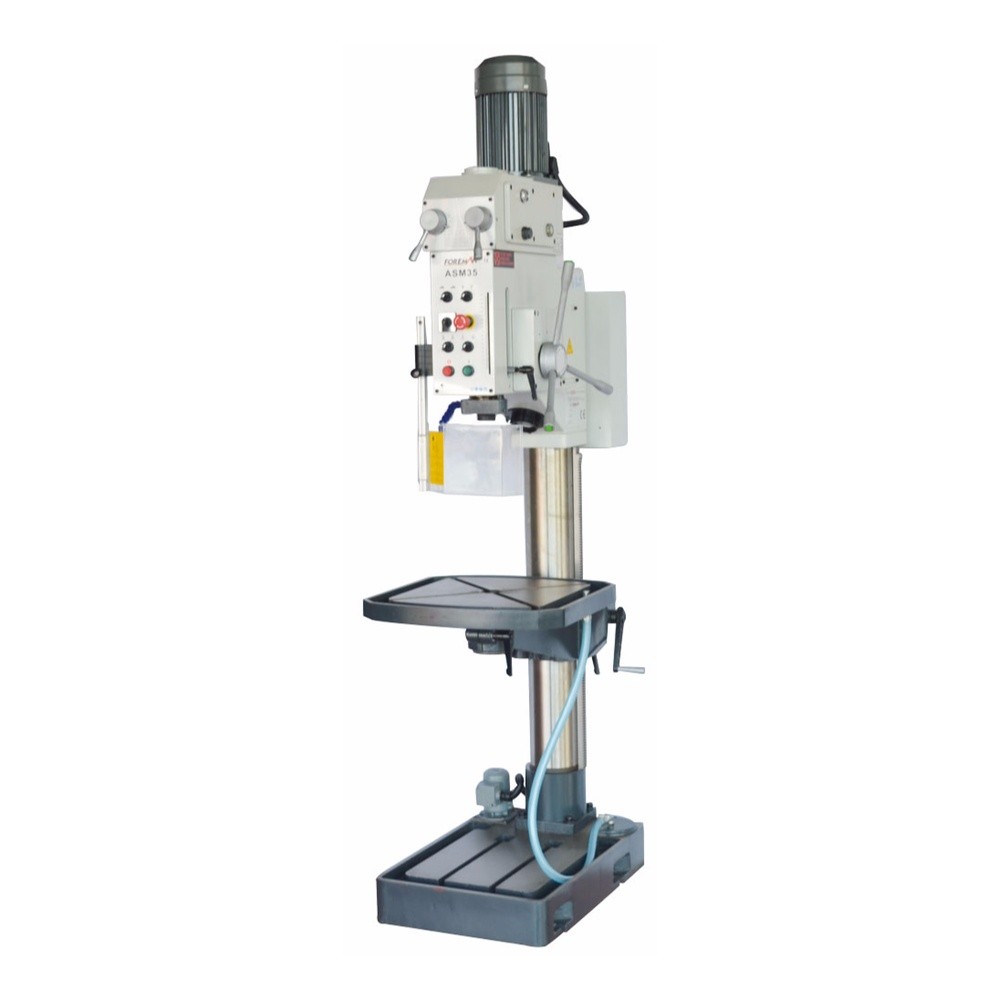
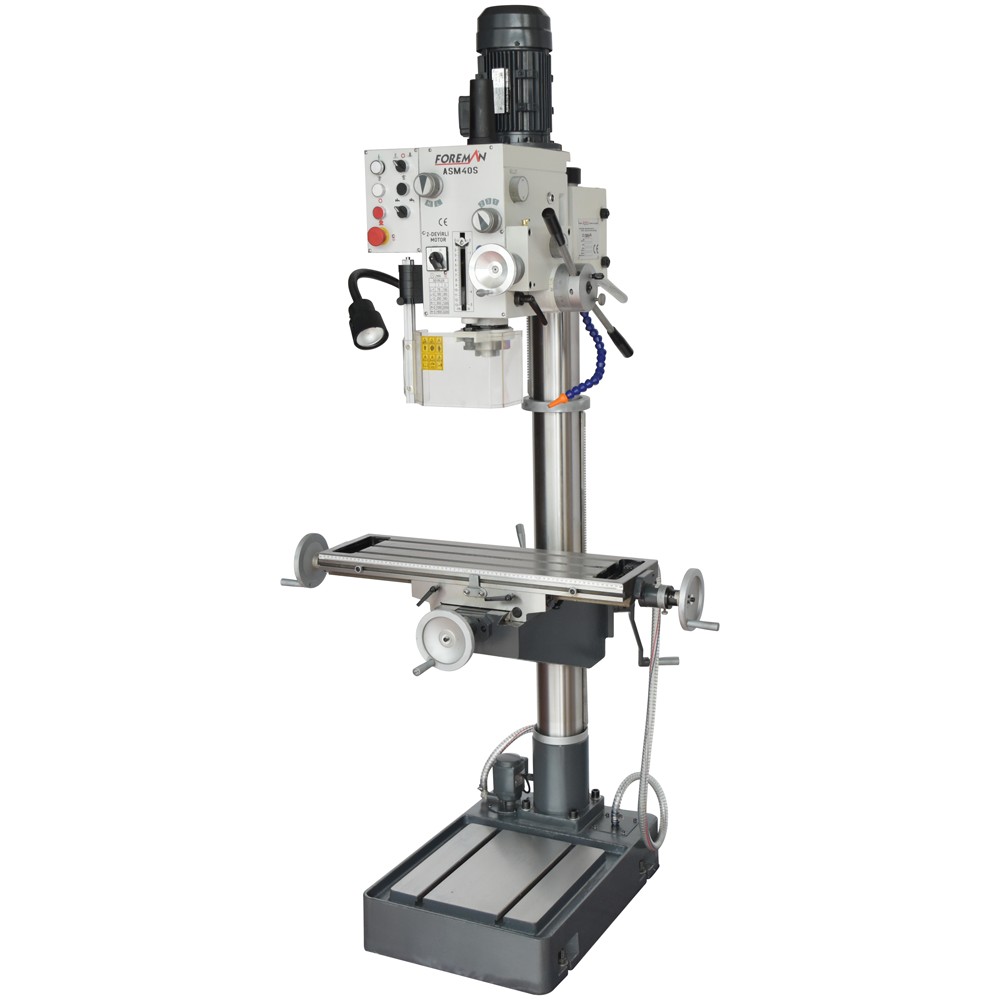
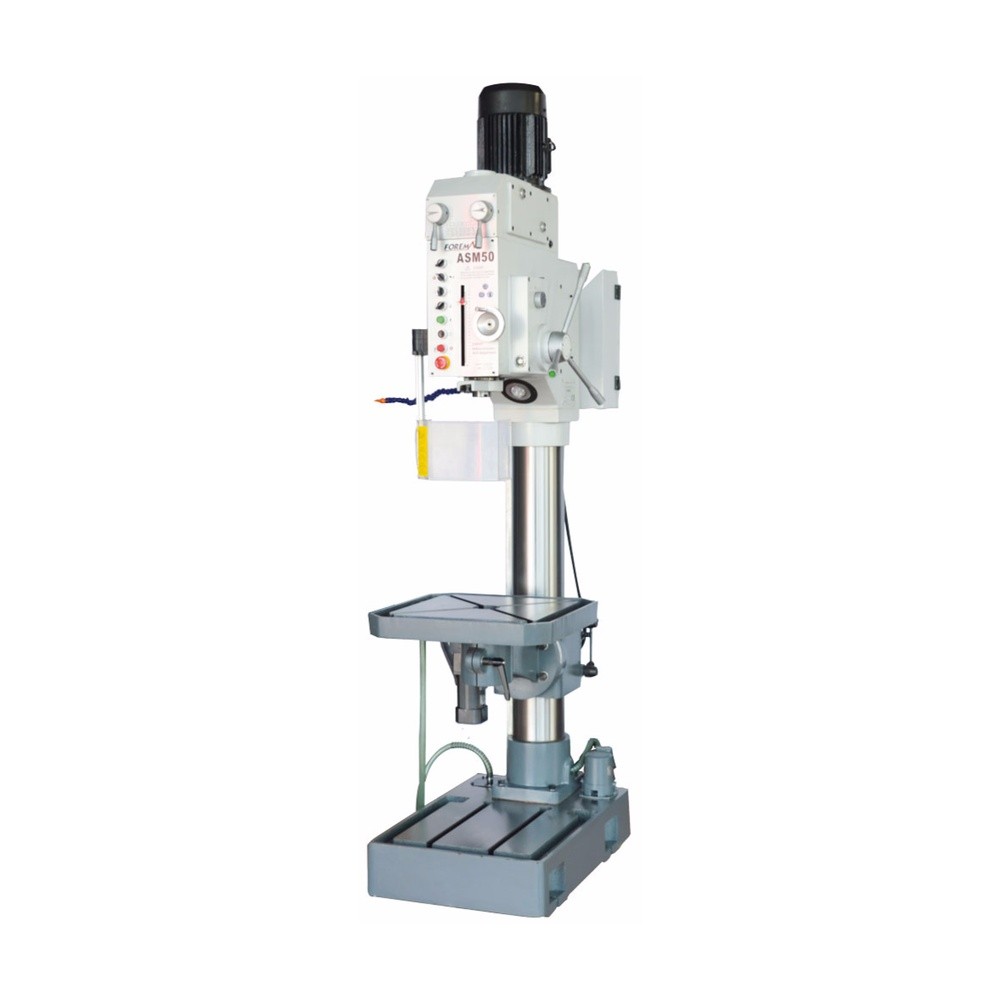
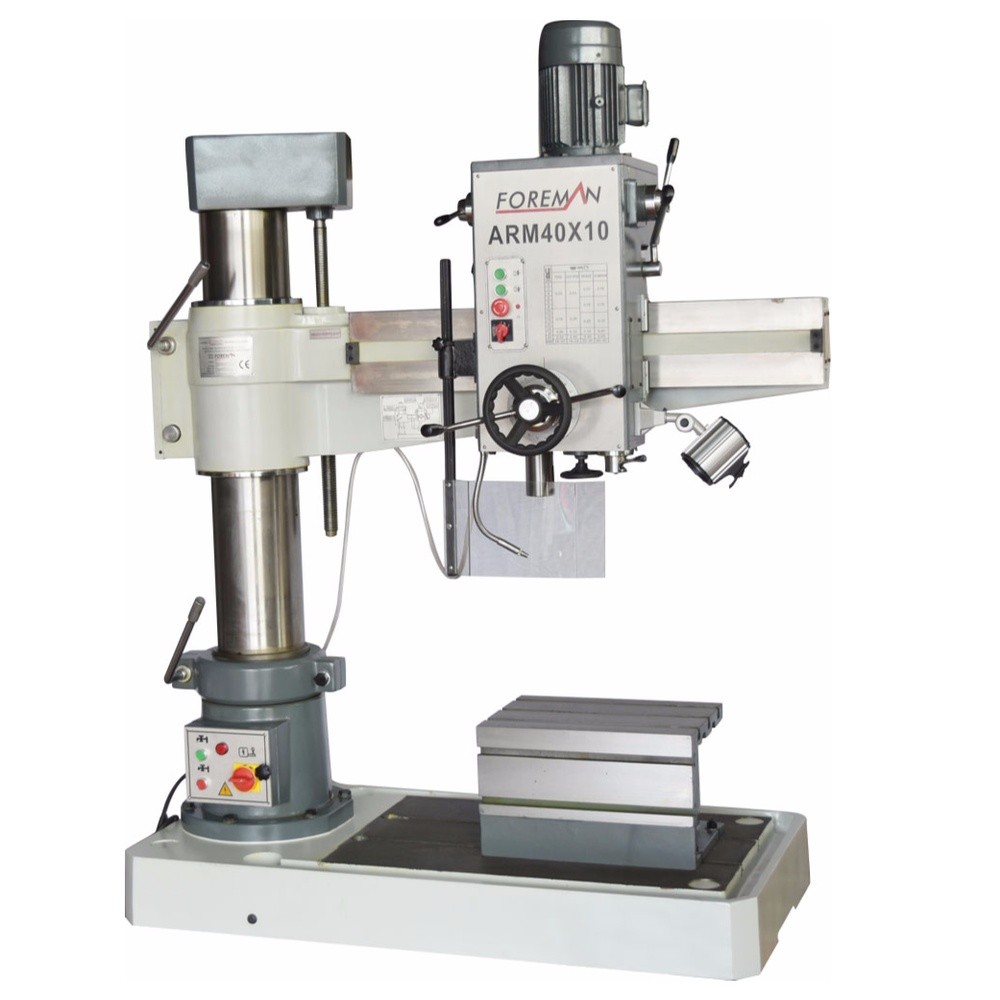
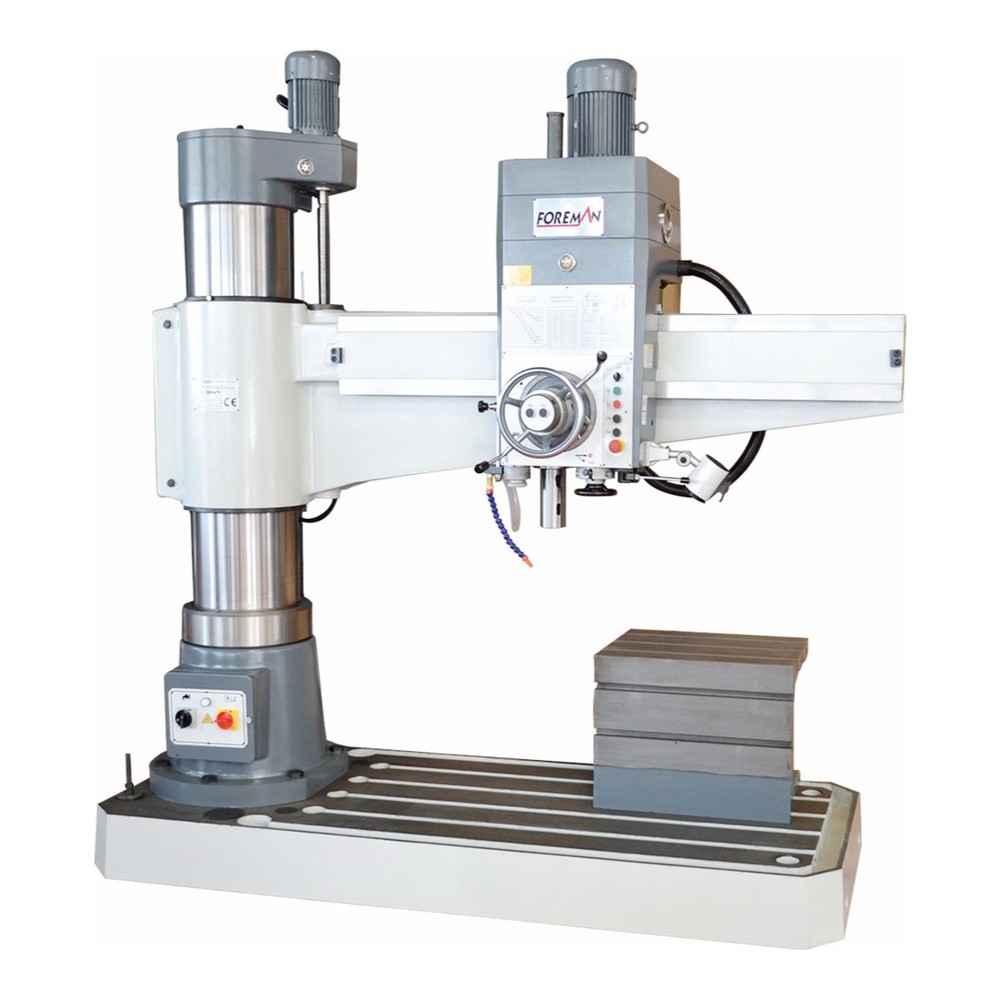
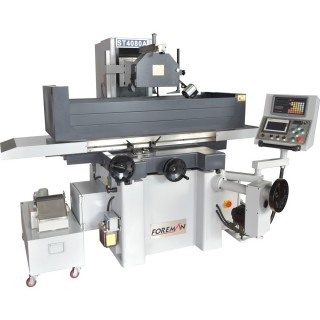
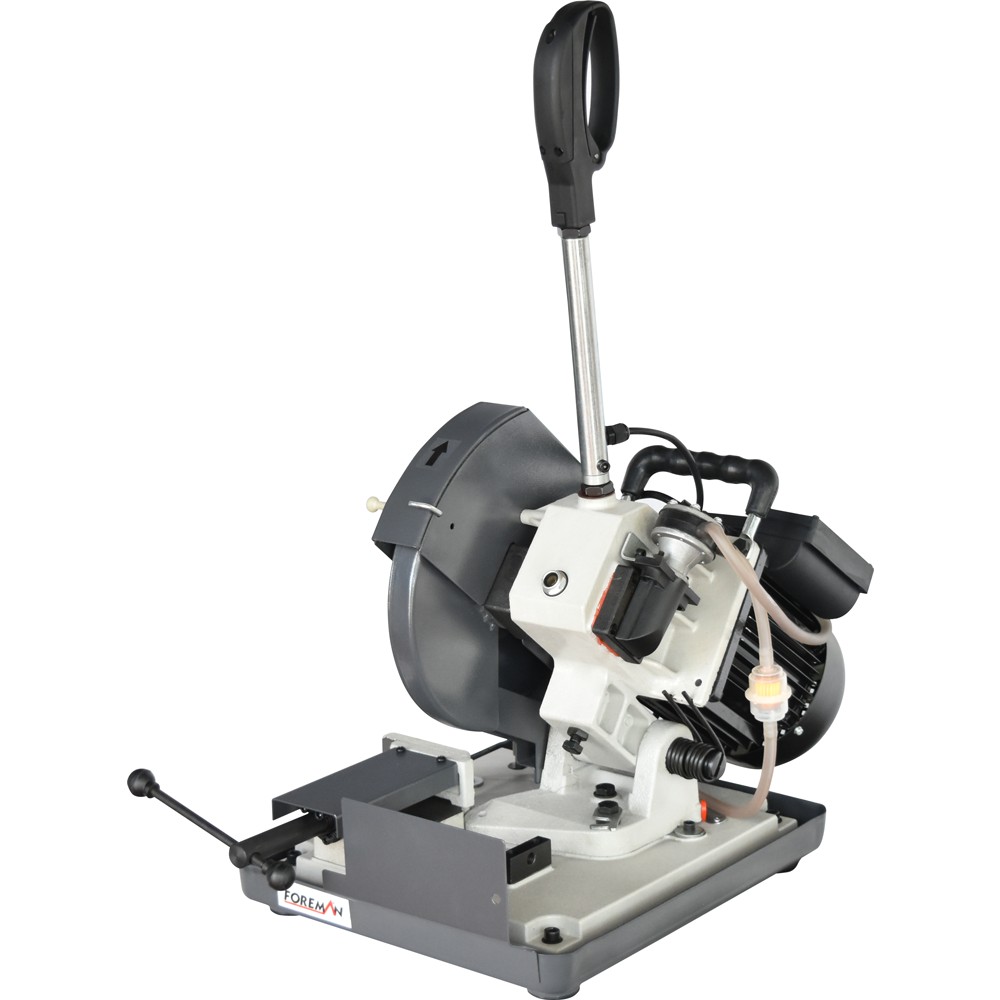
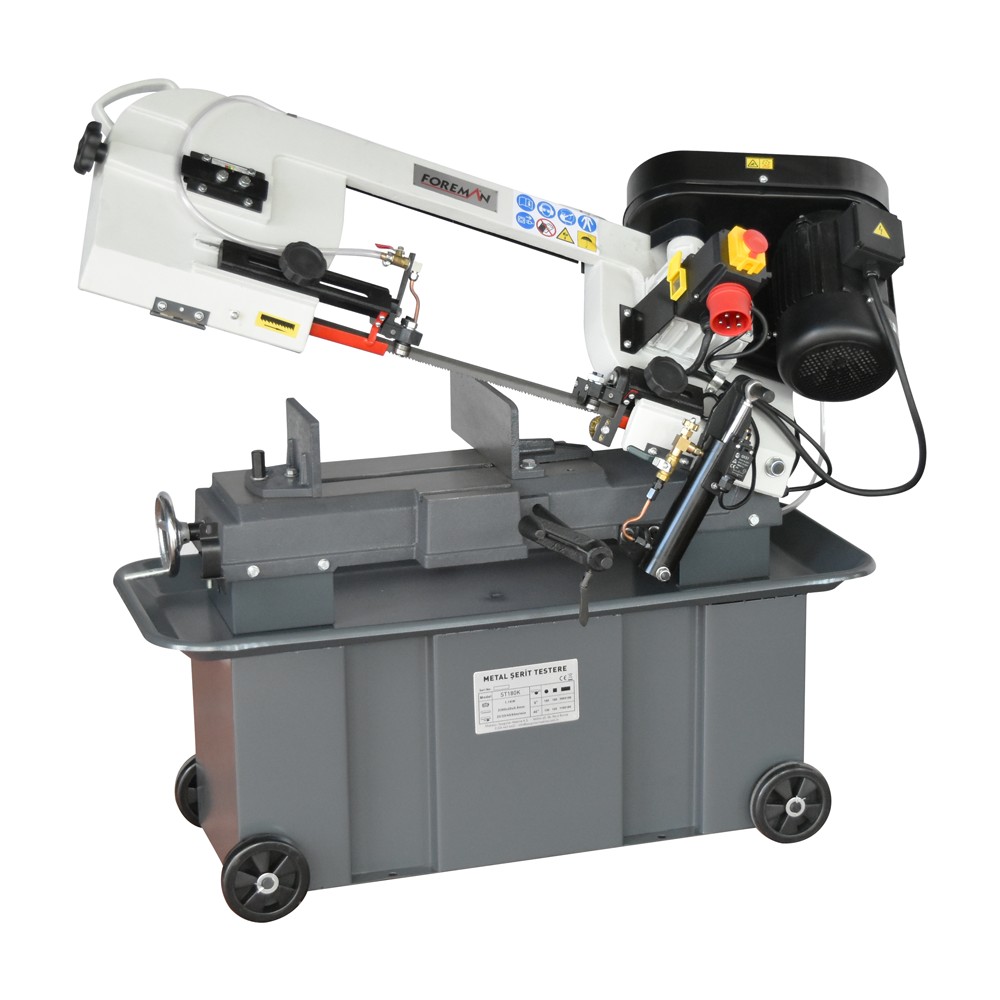
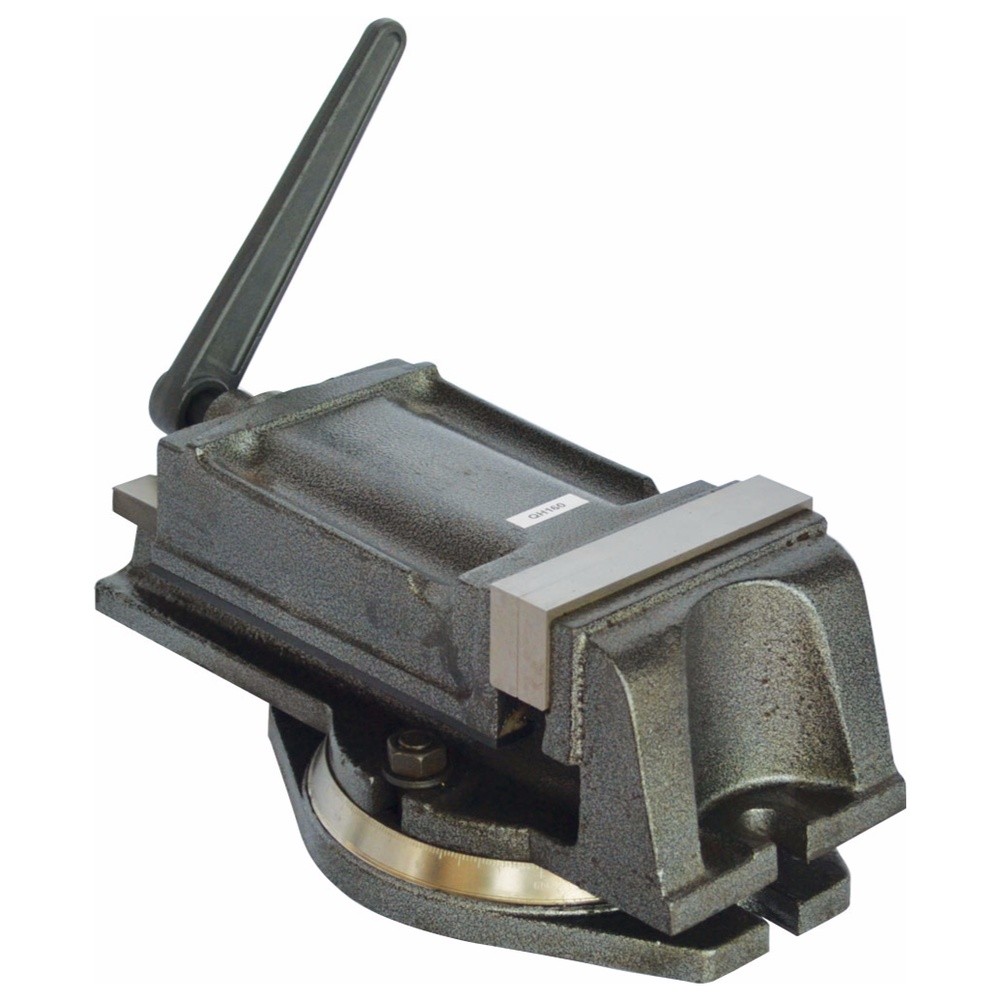
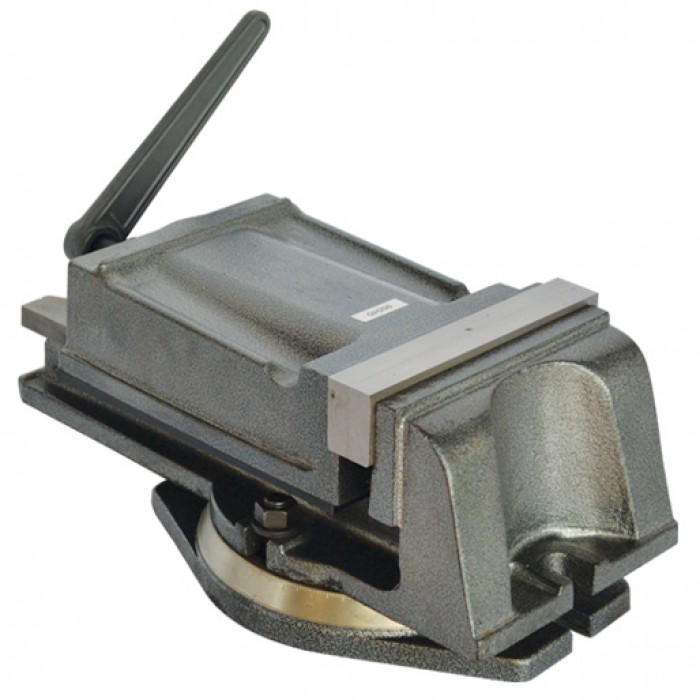
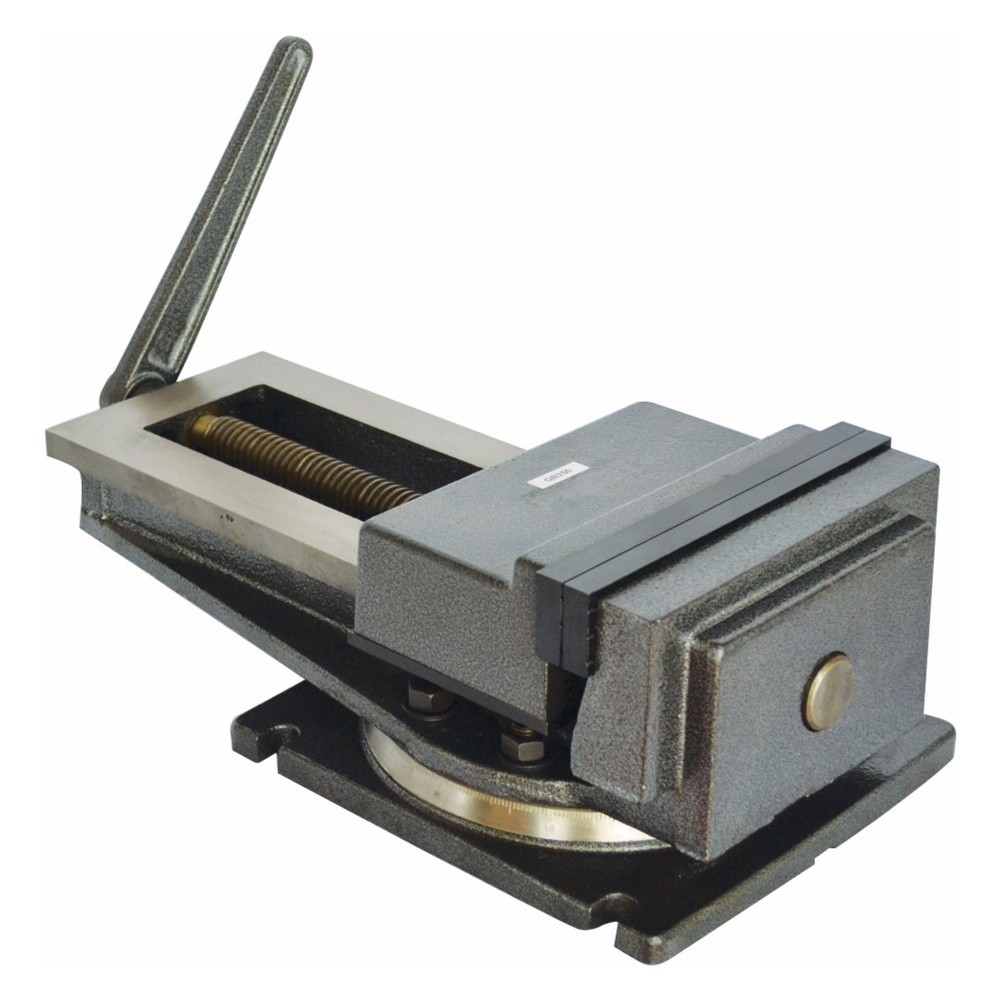
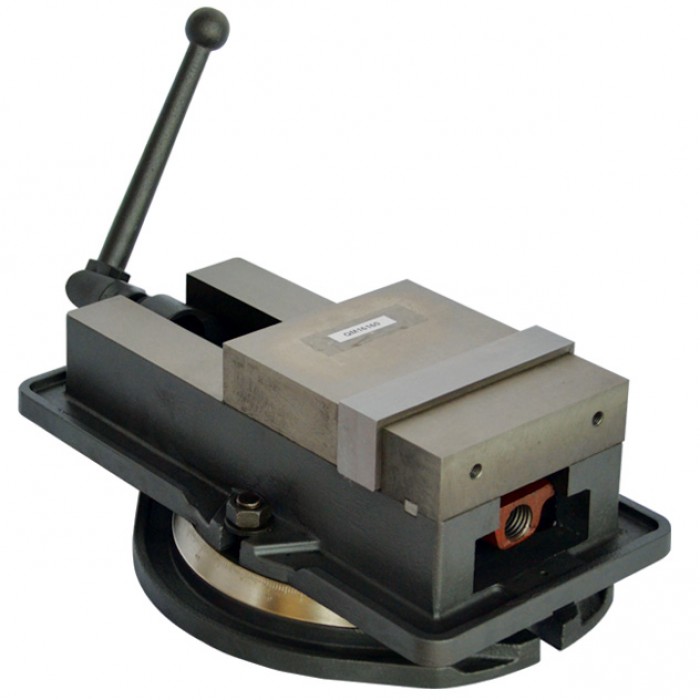
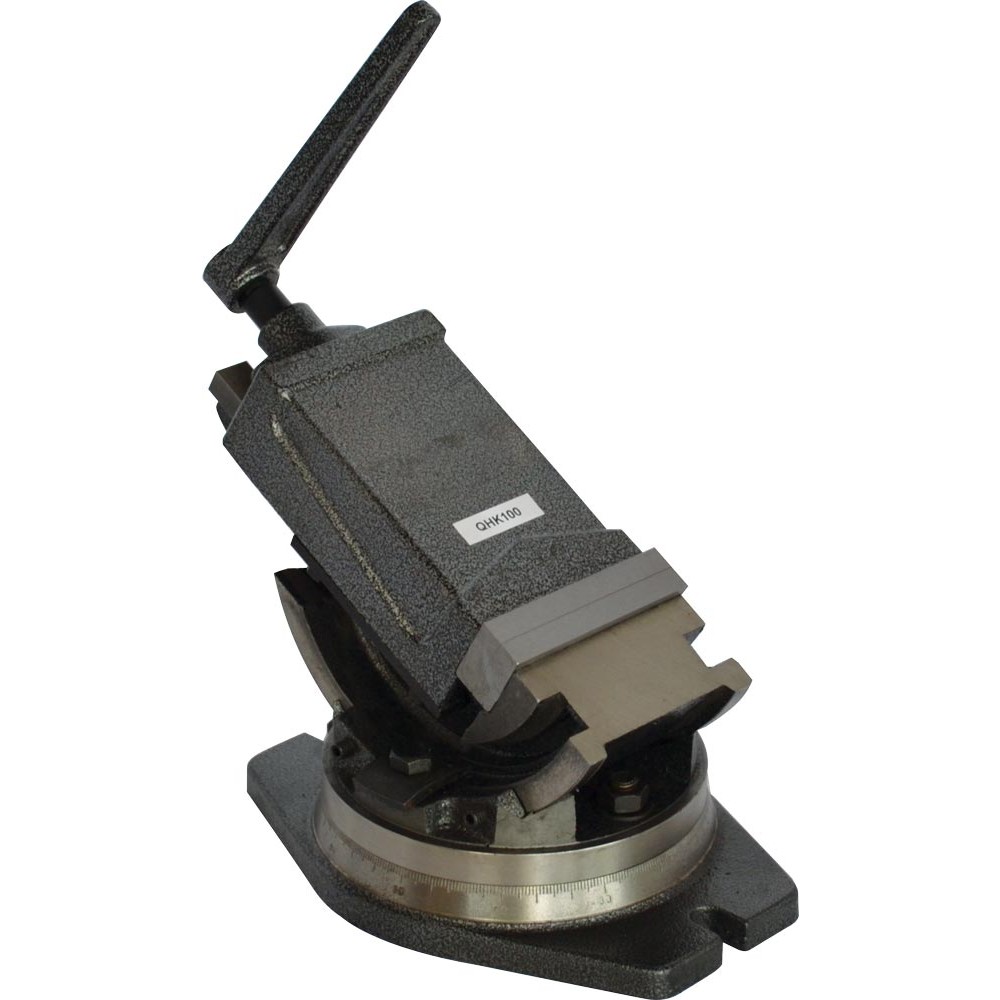
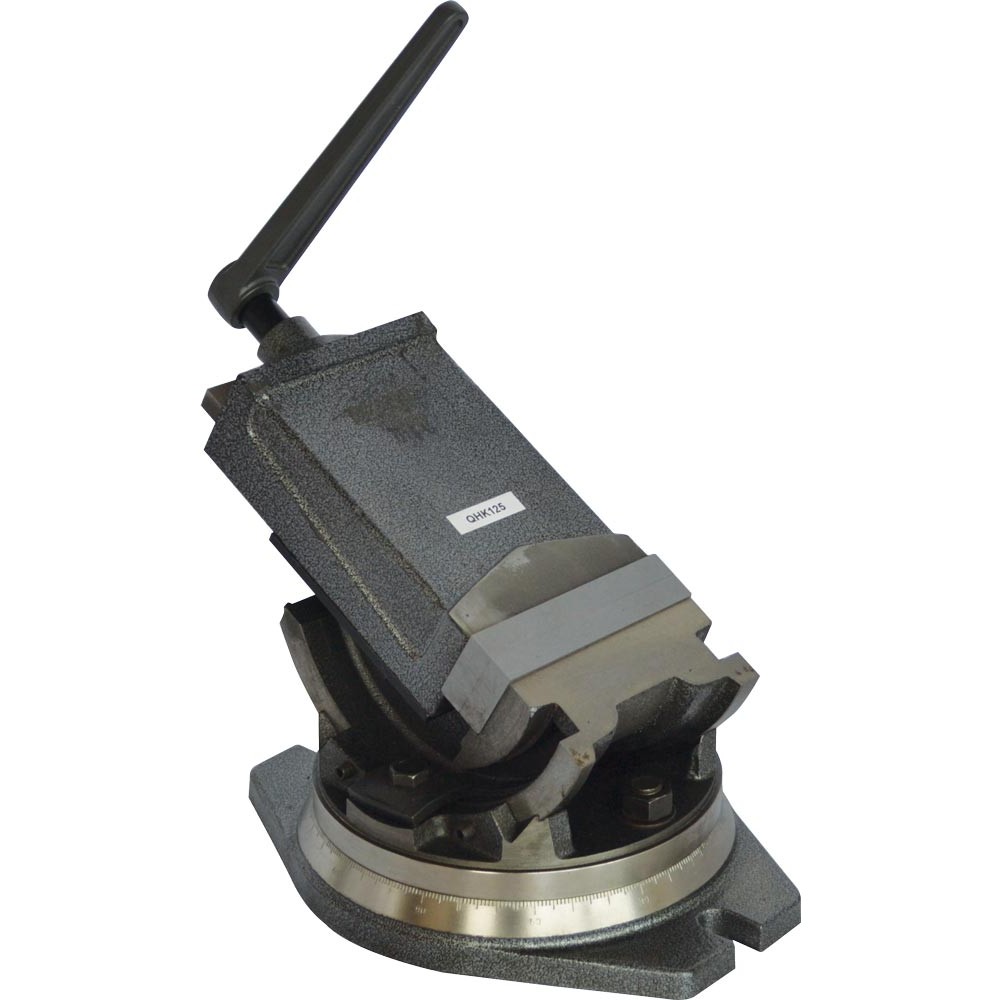
_zkmmzopp1k.jpg)
